Day 12 - Walking The Nakasendō, Japan - The longest day of The Nakasendo, Crossing the Wada Mountain Pass
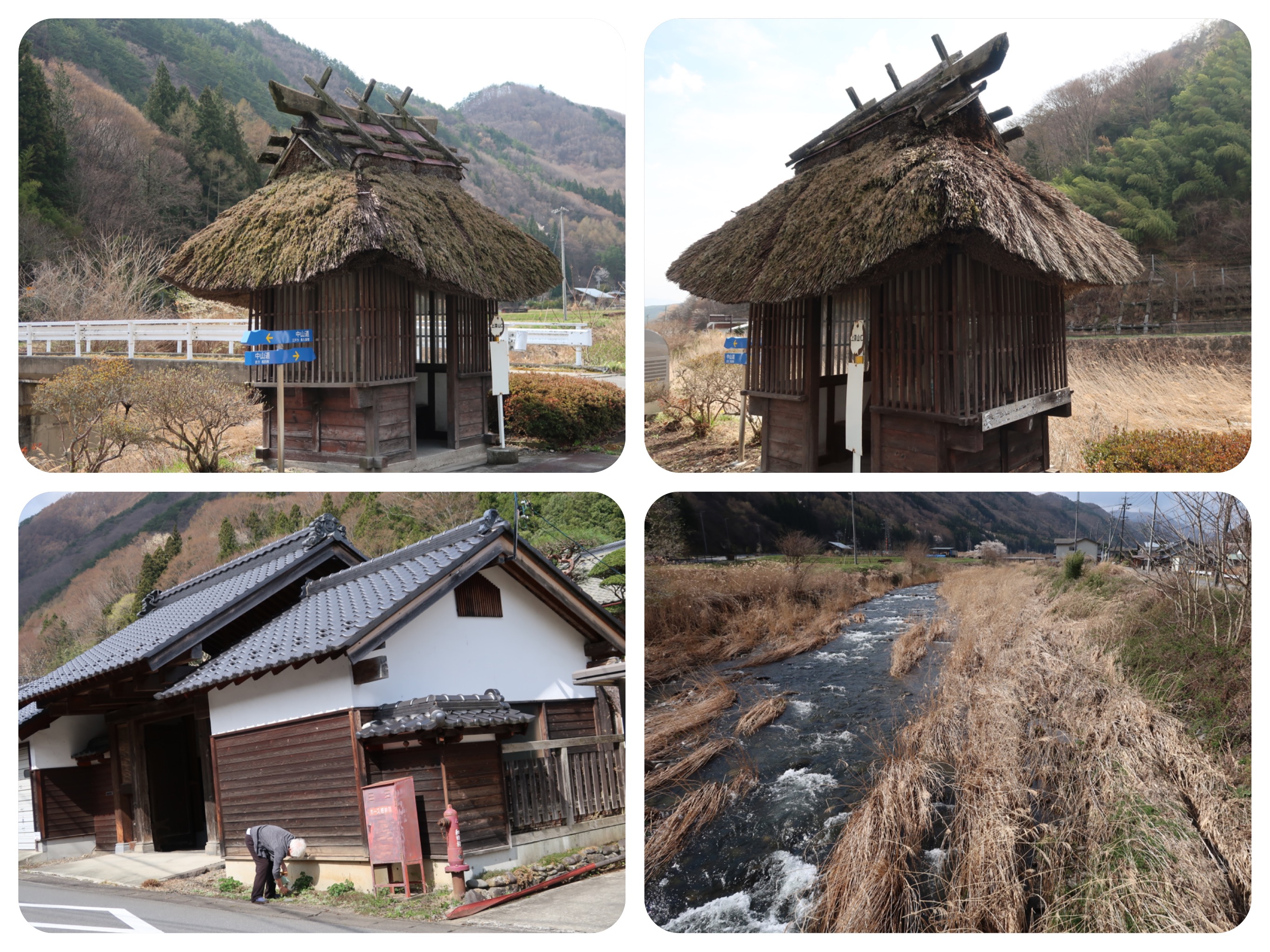
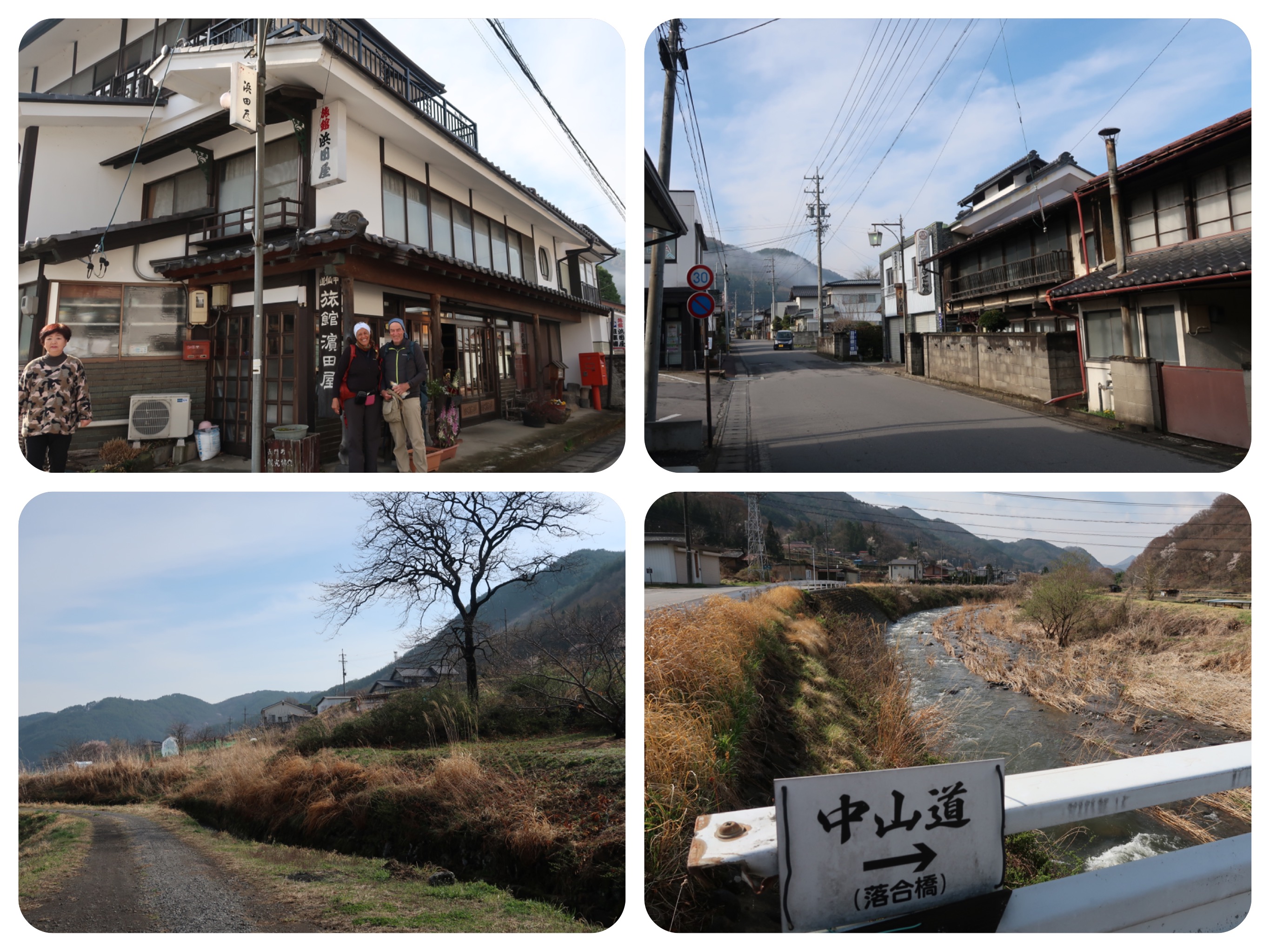
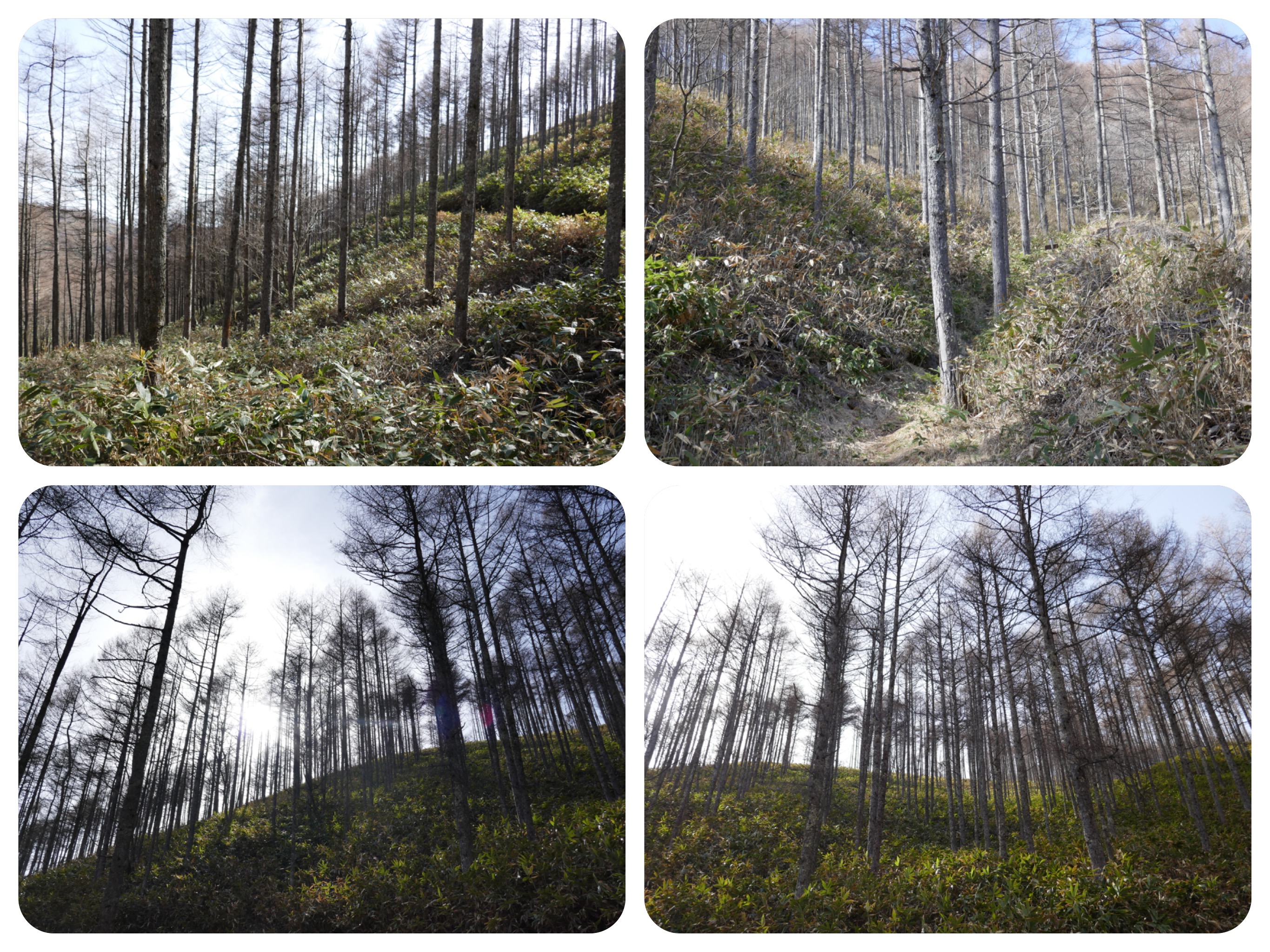
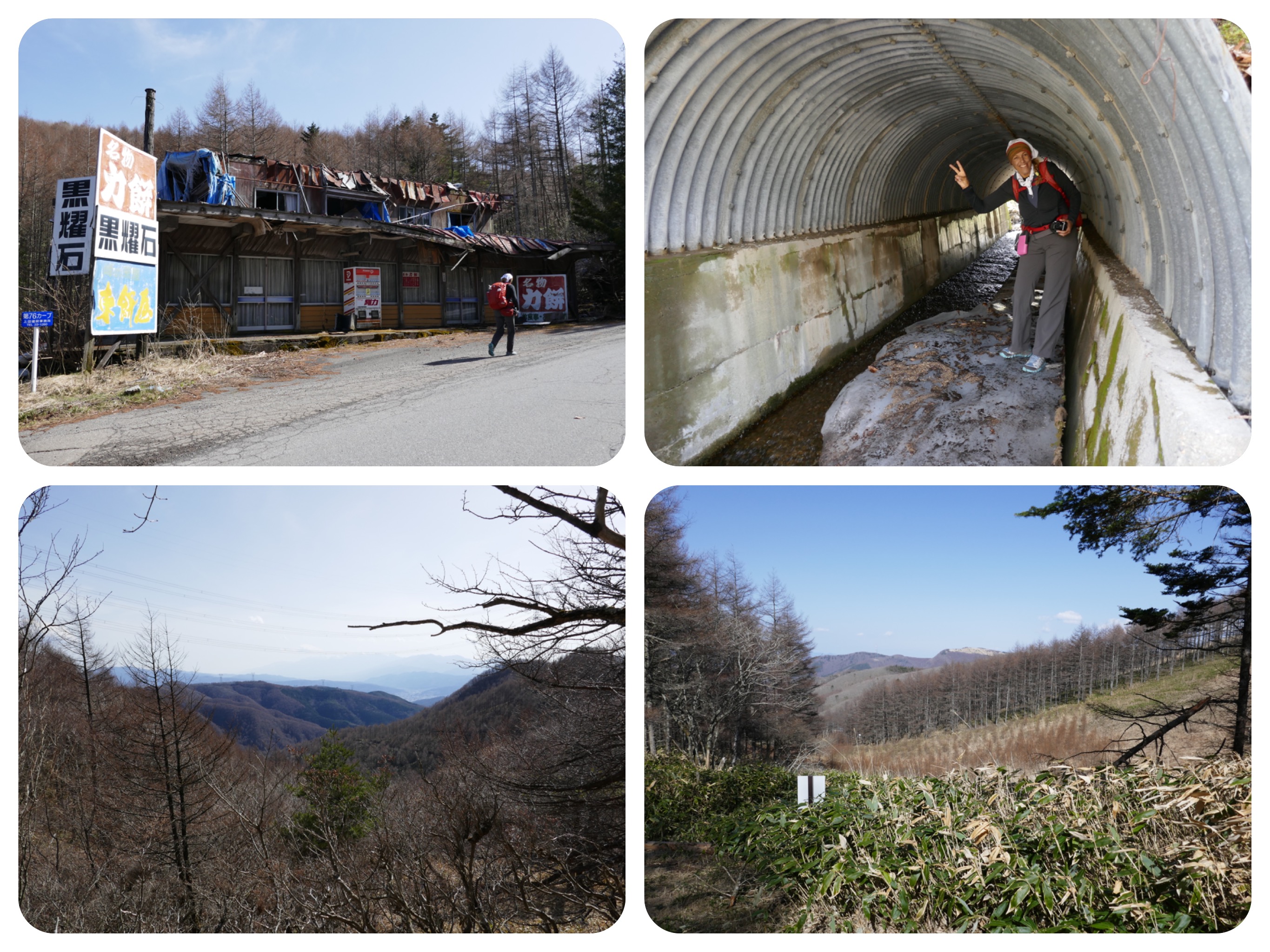
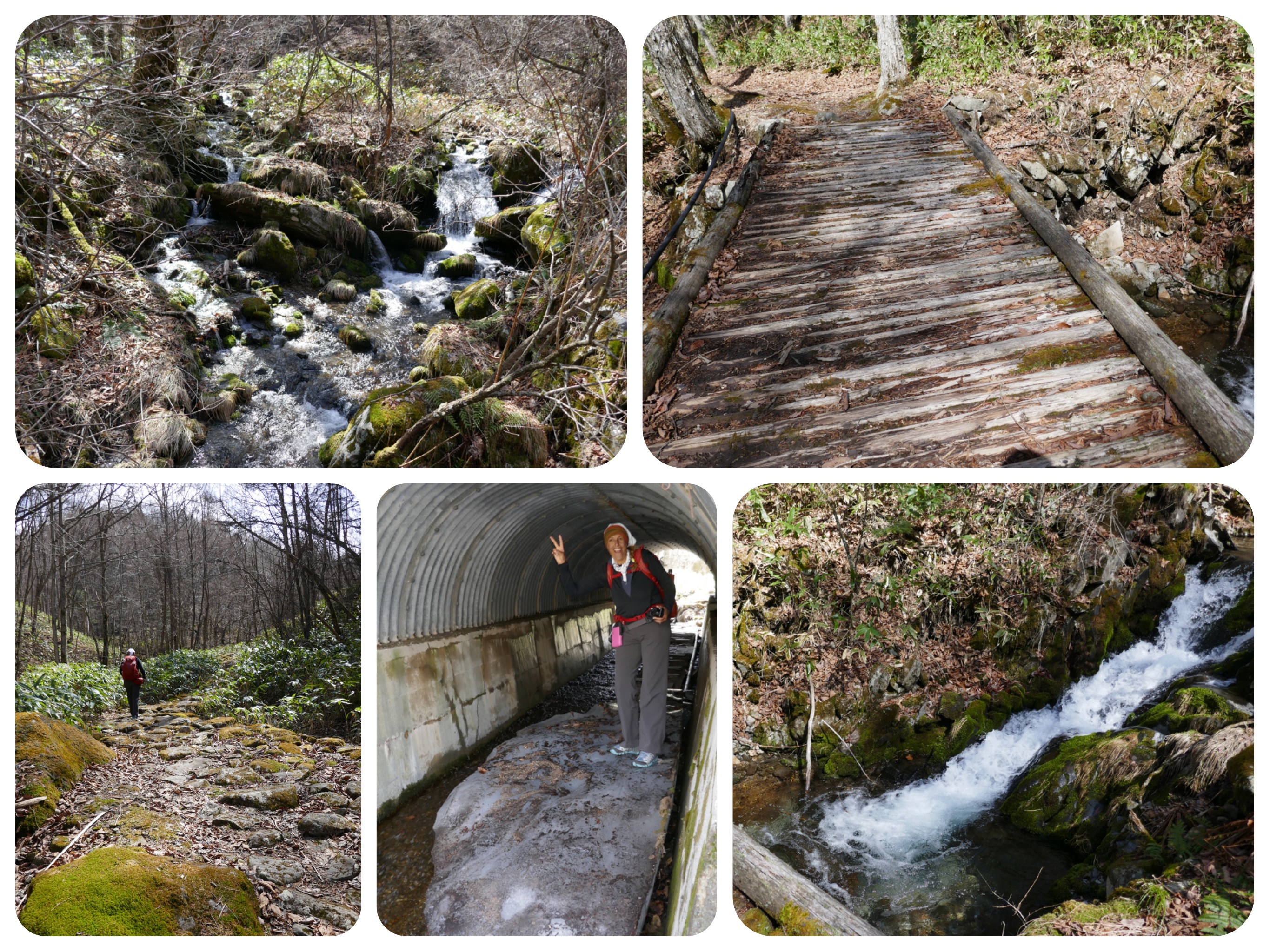
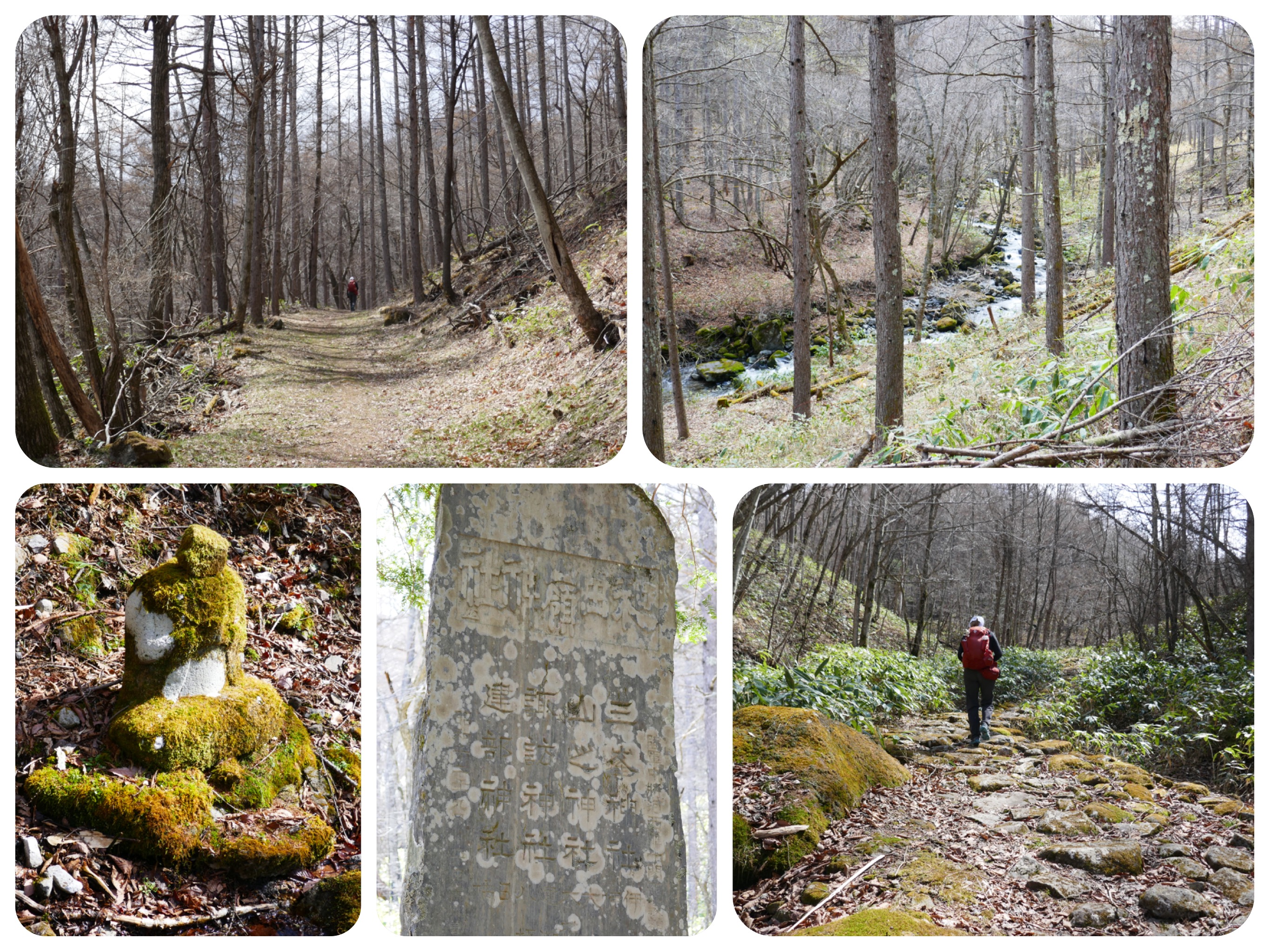
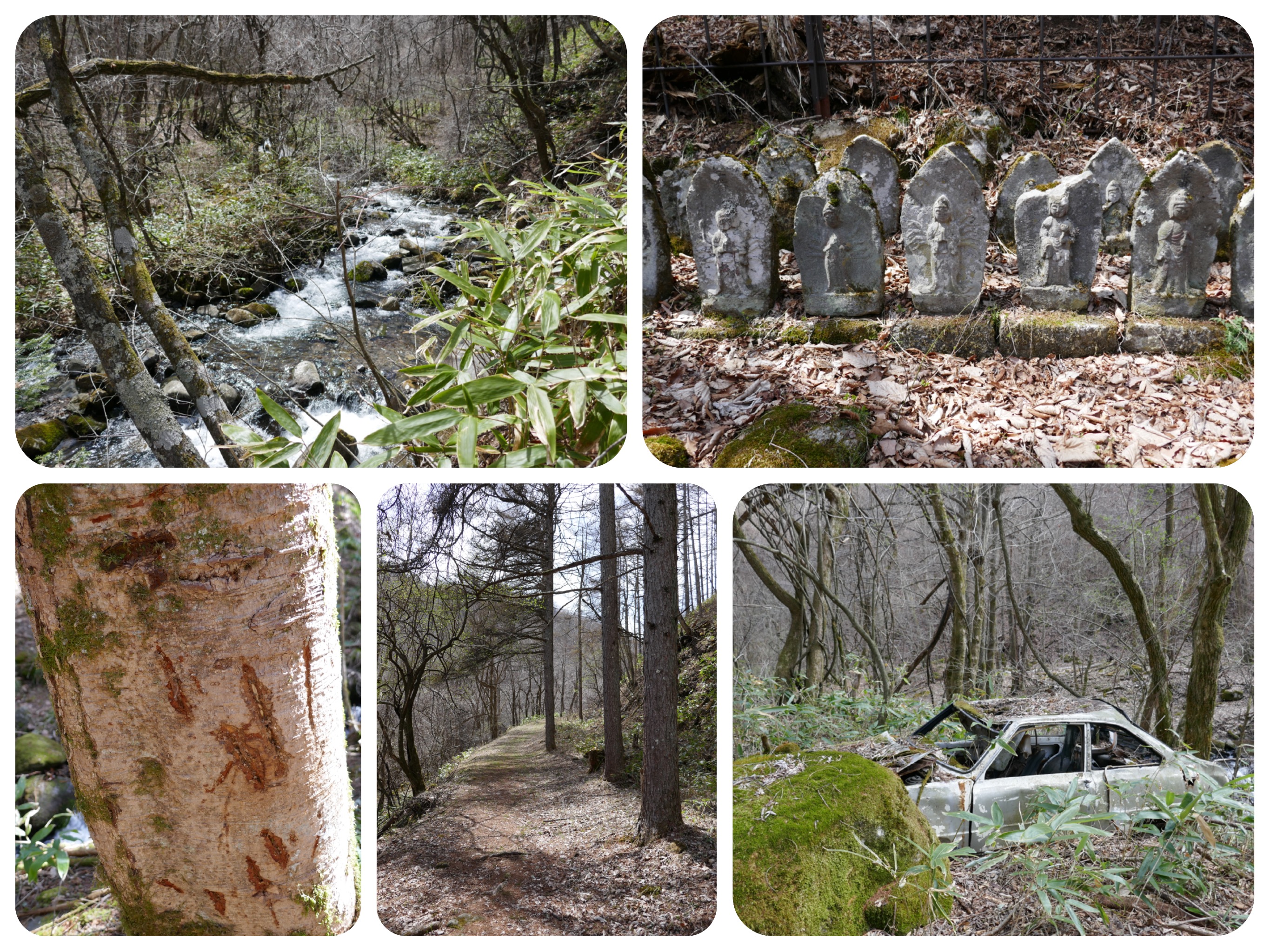
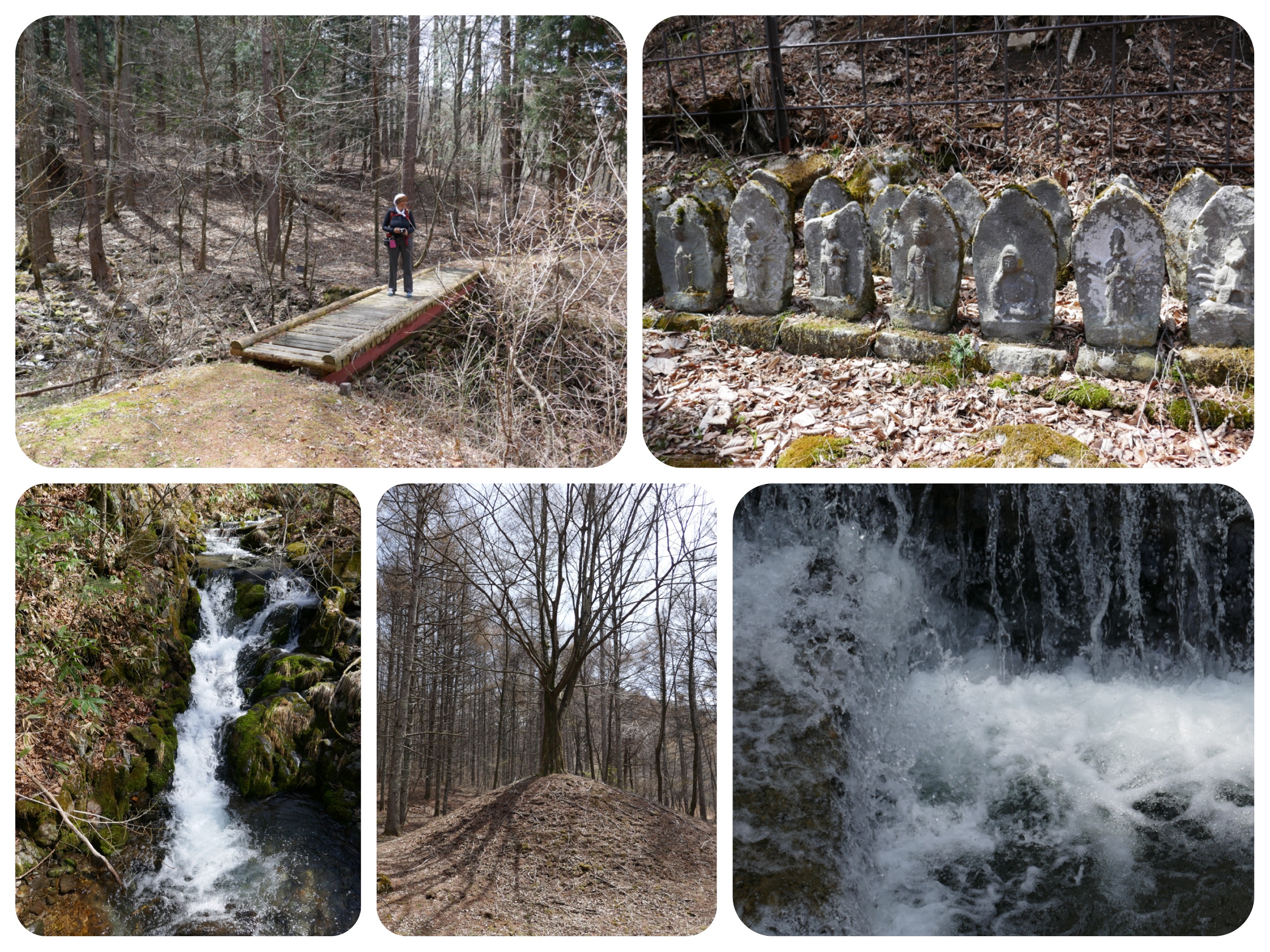
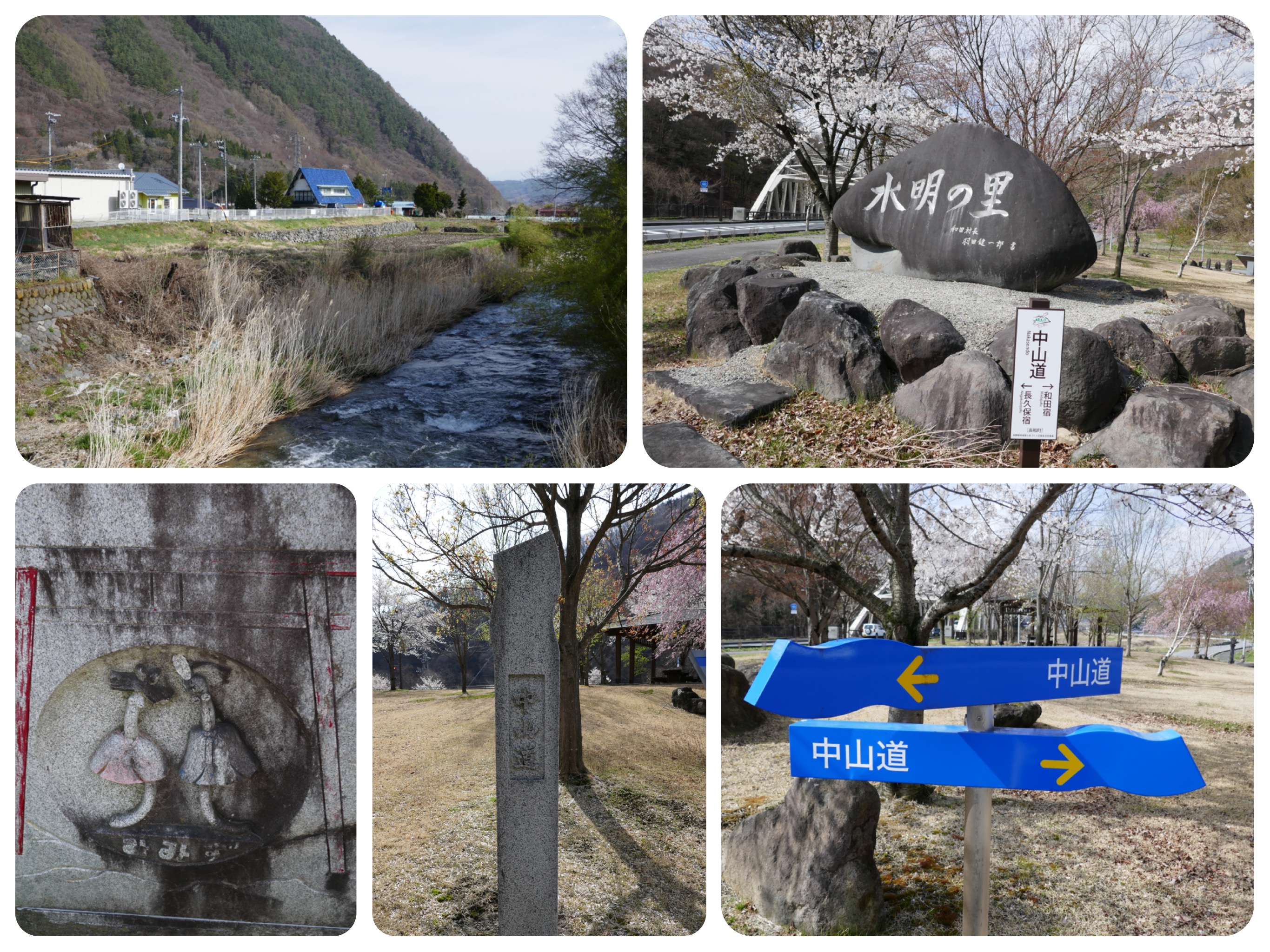
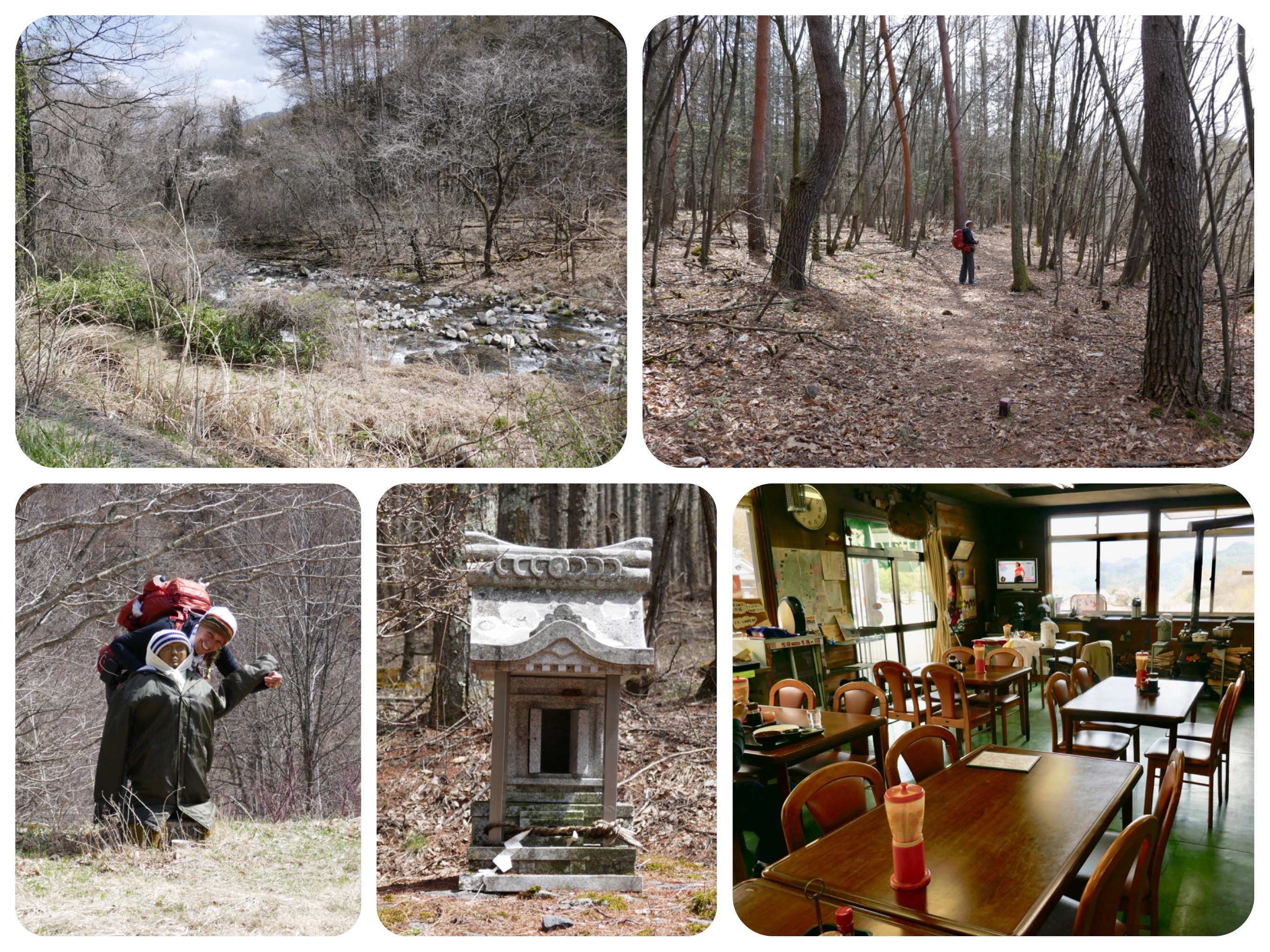
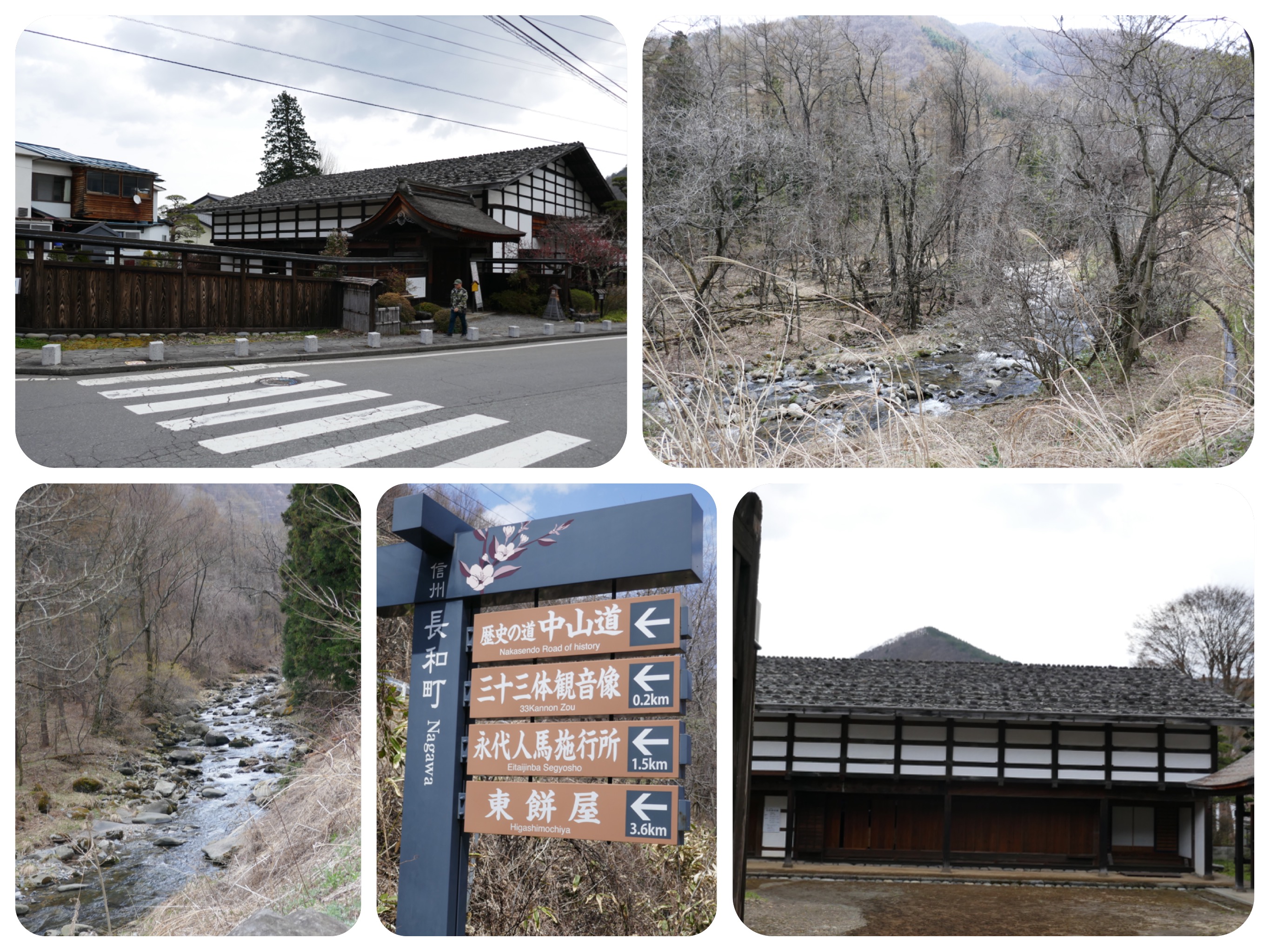
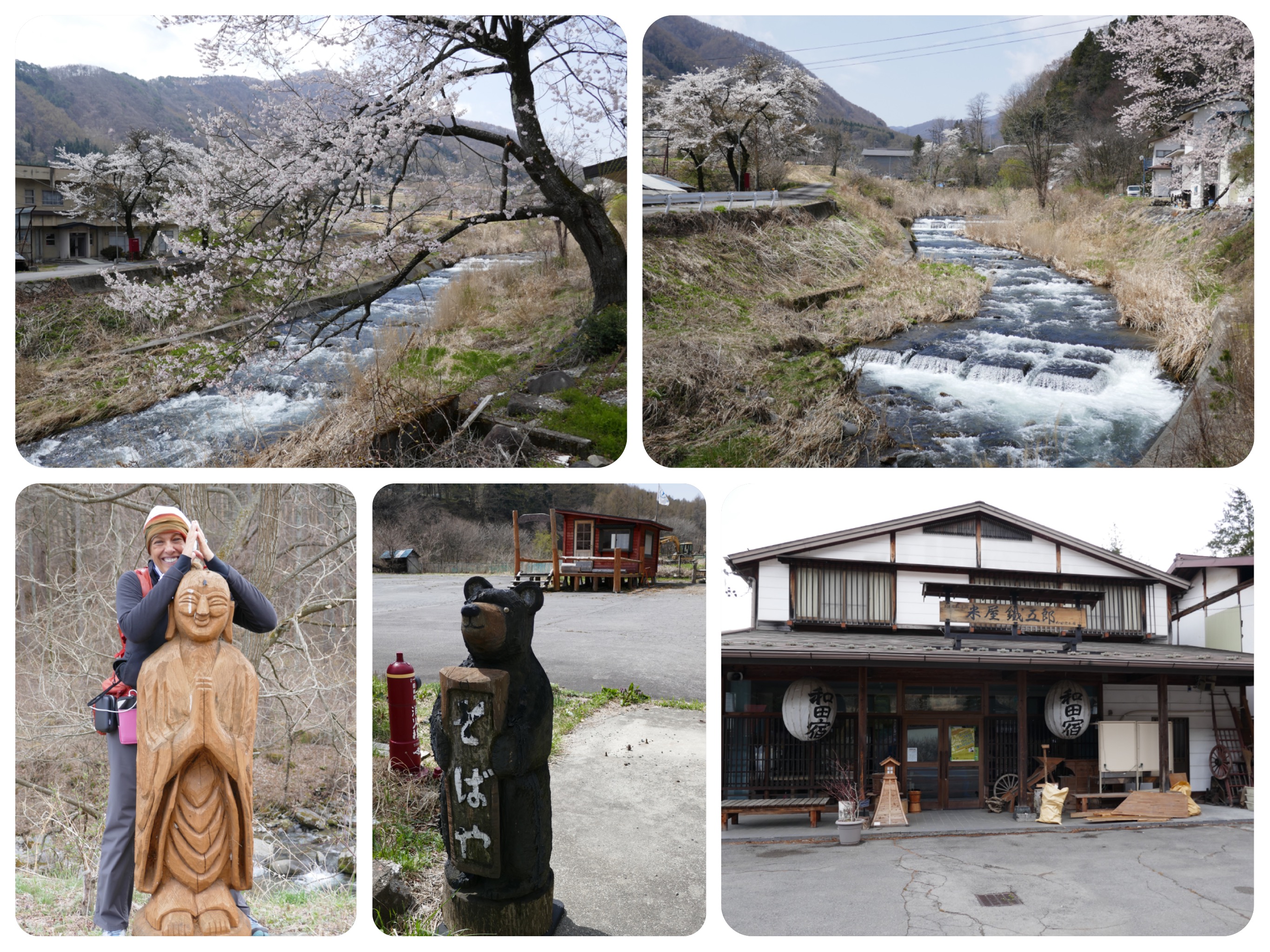
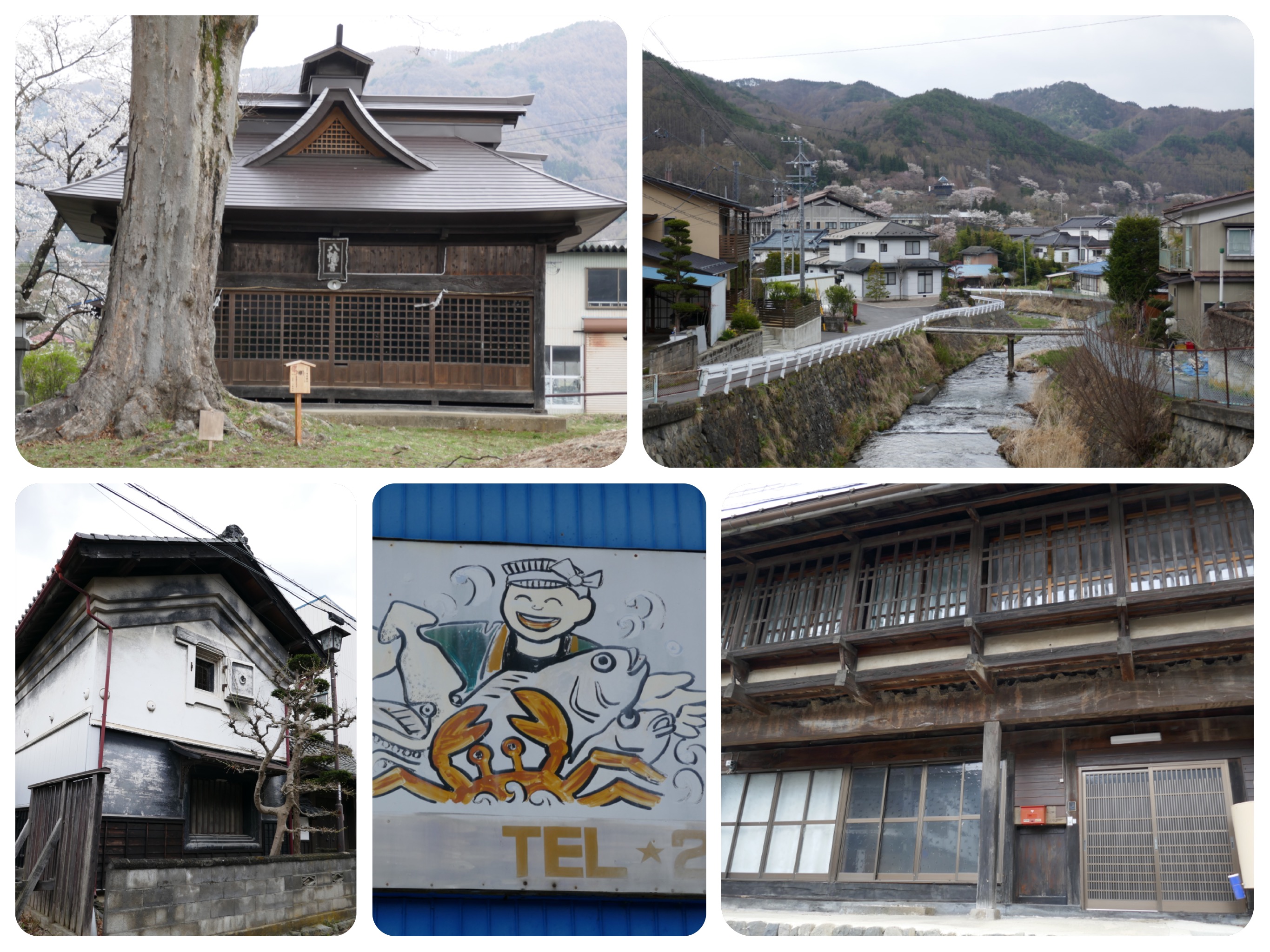
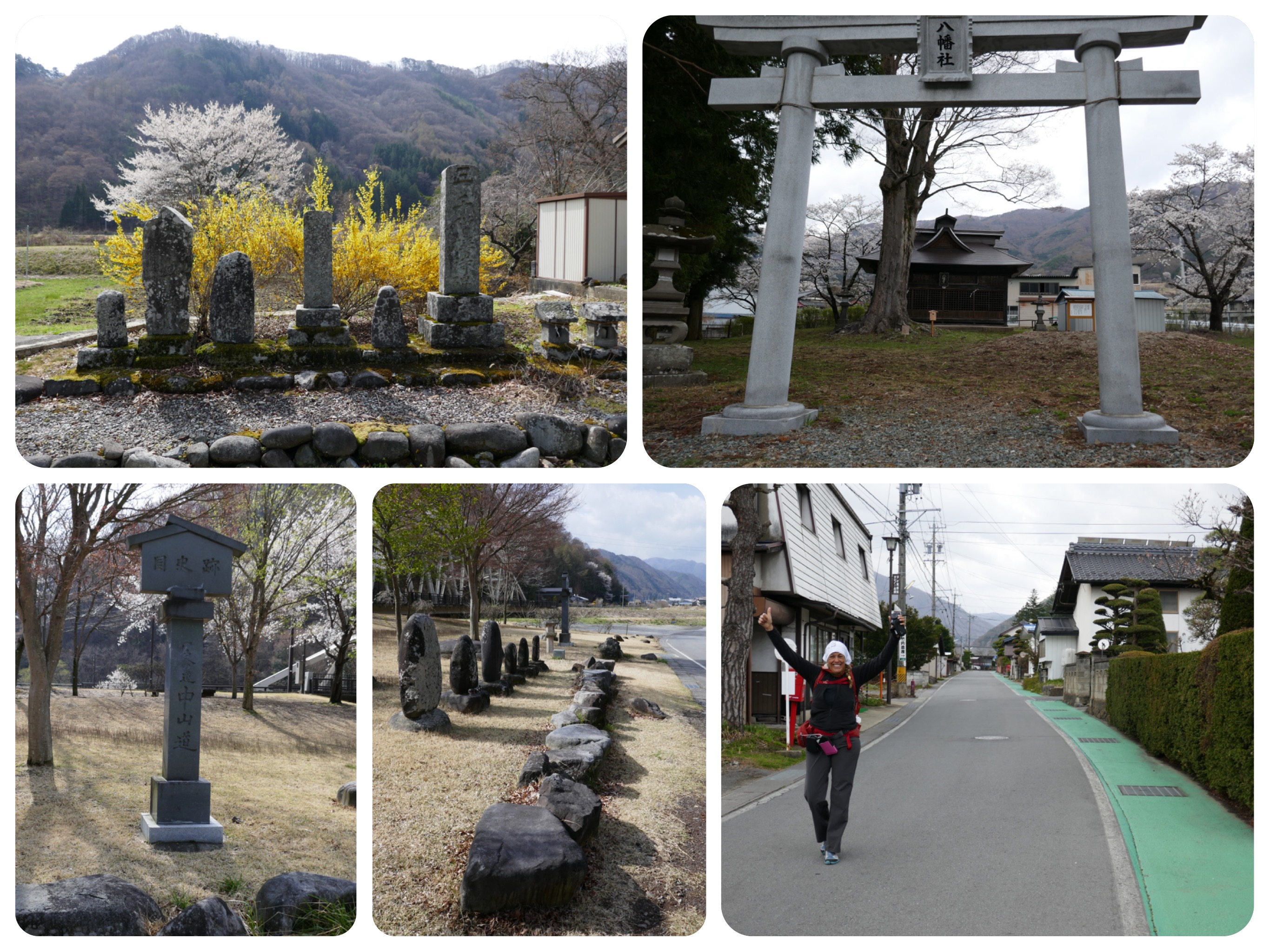
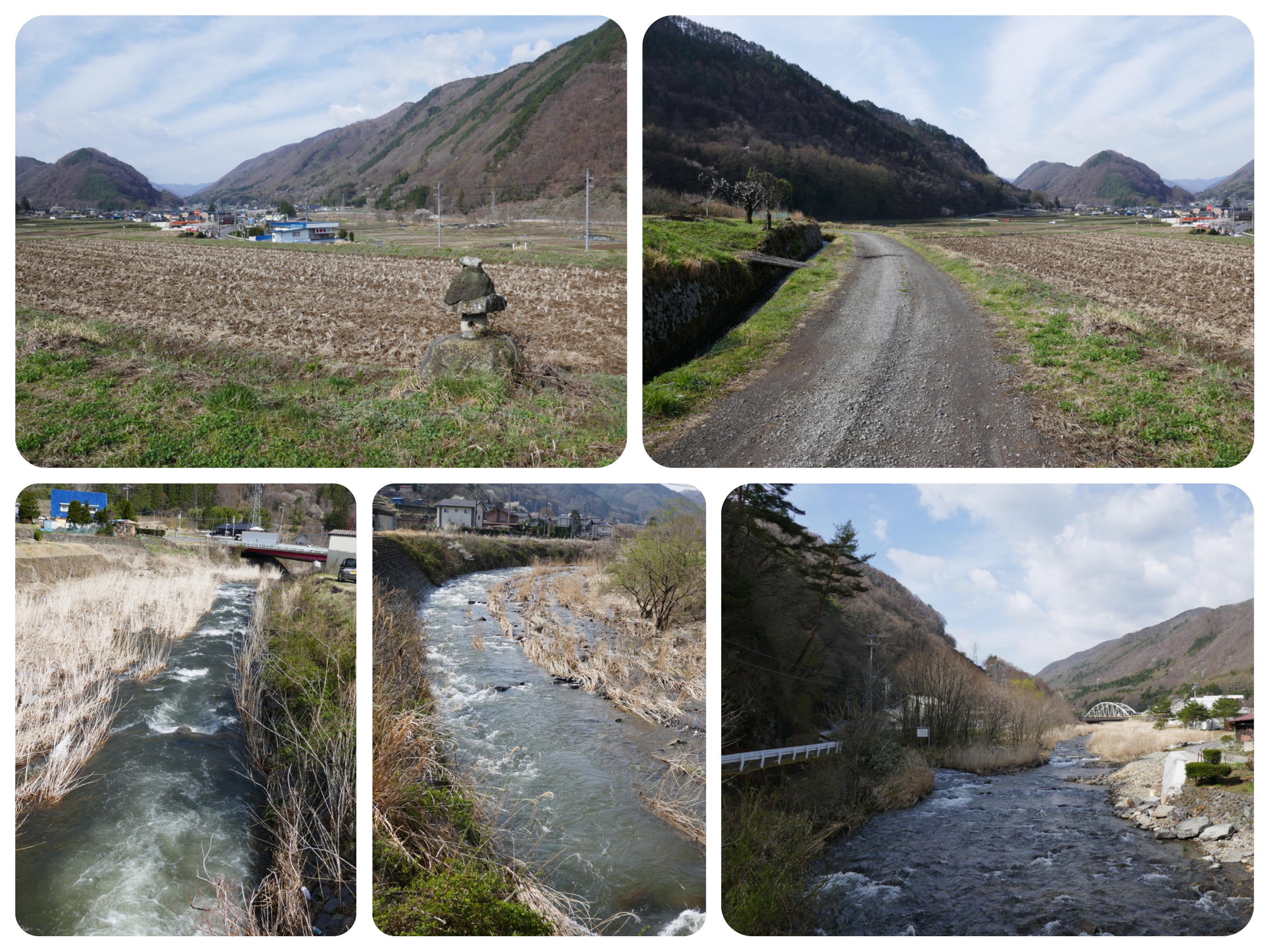
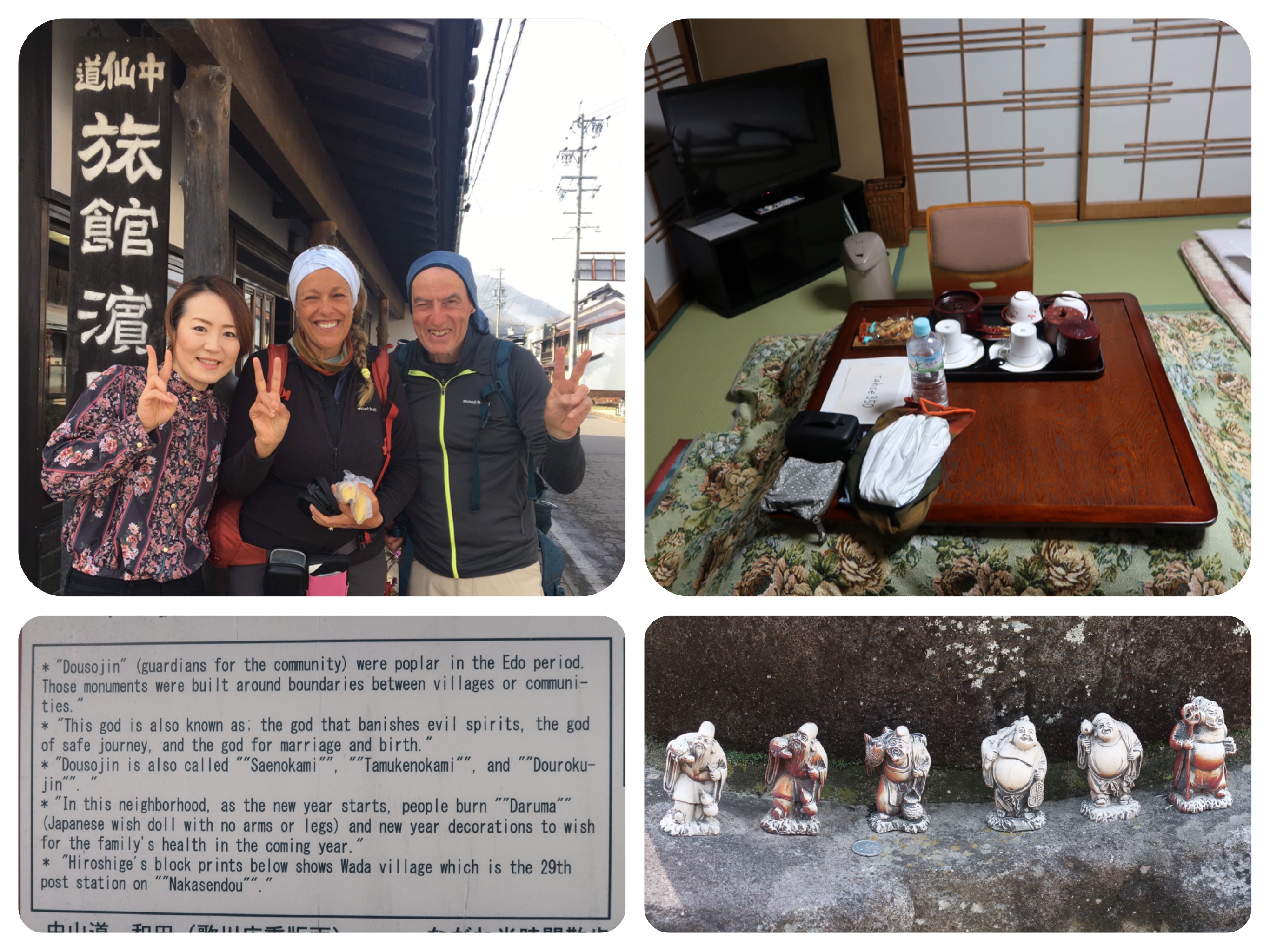
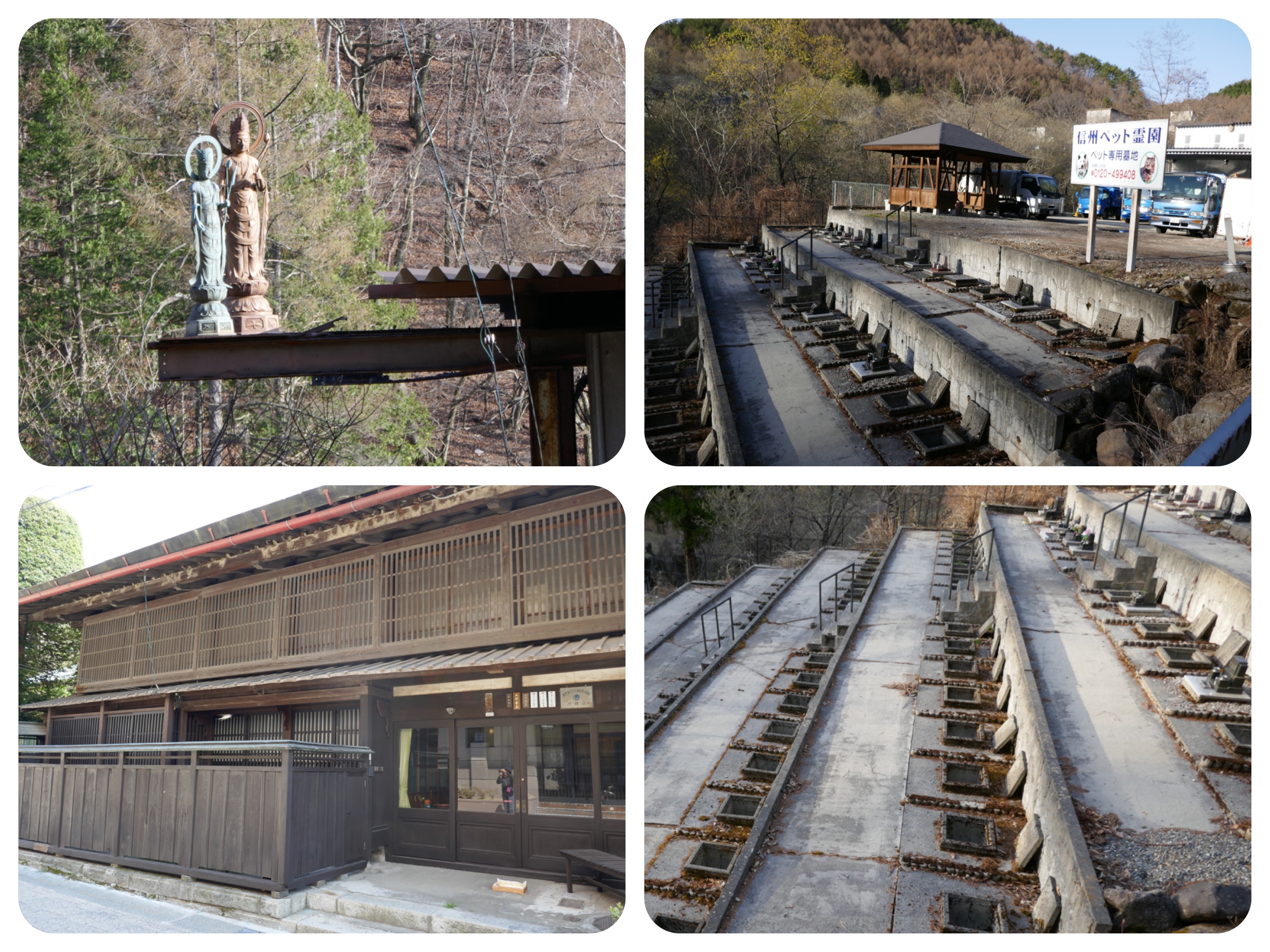
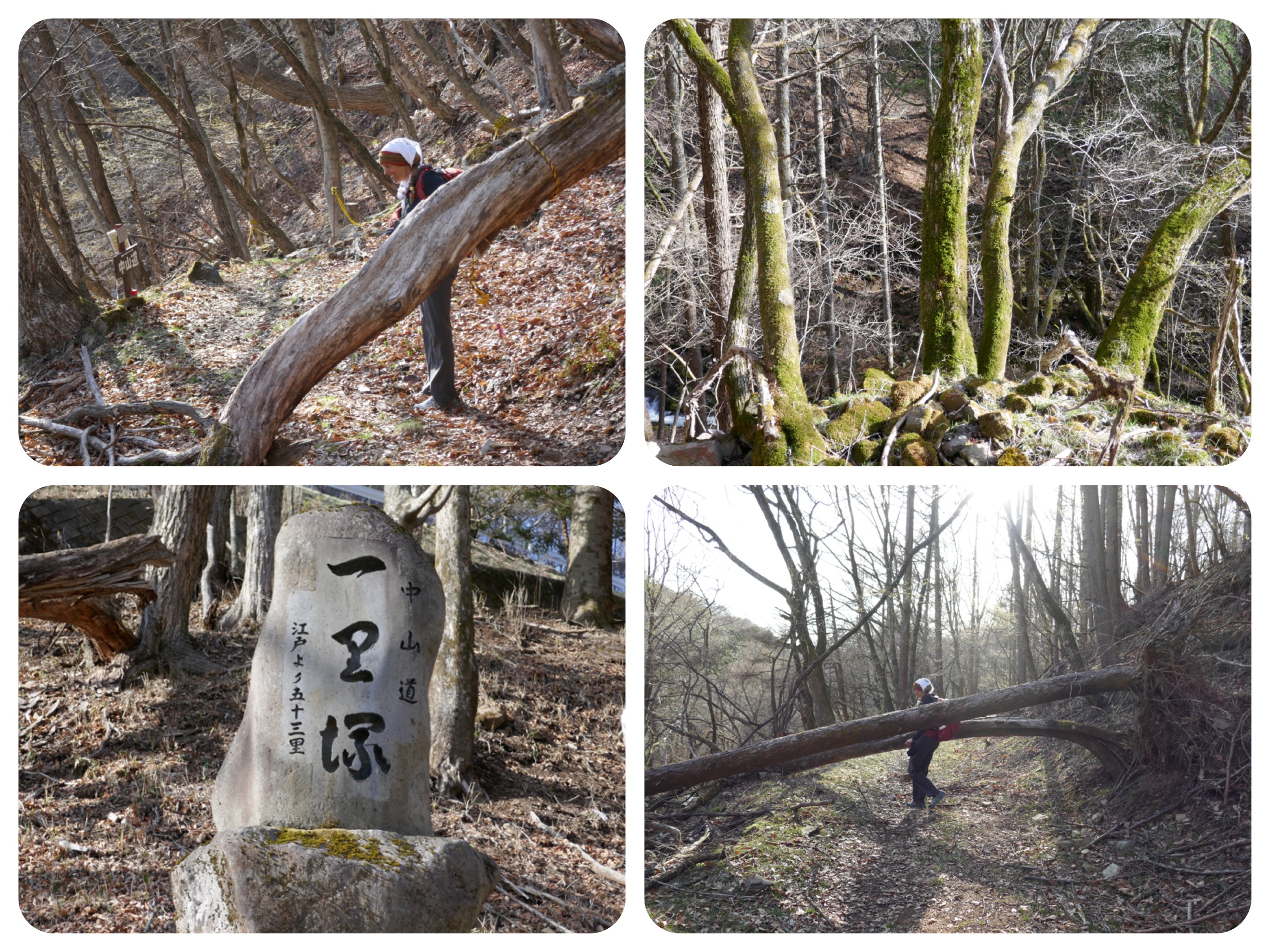
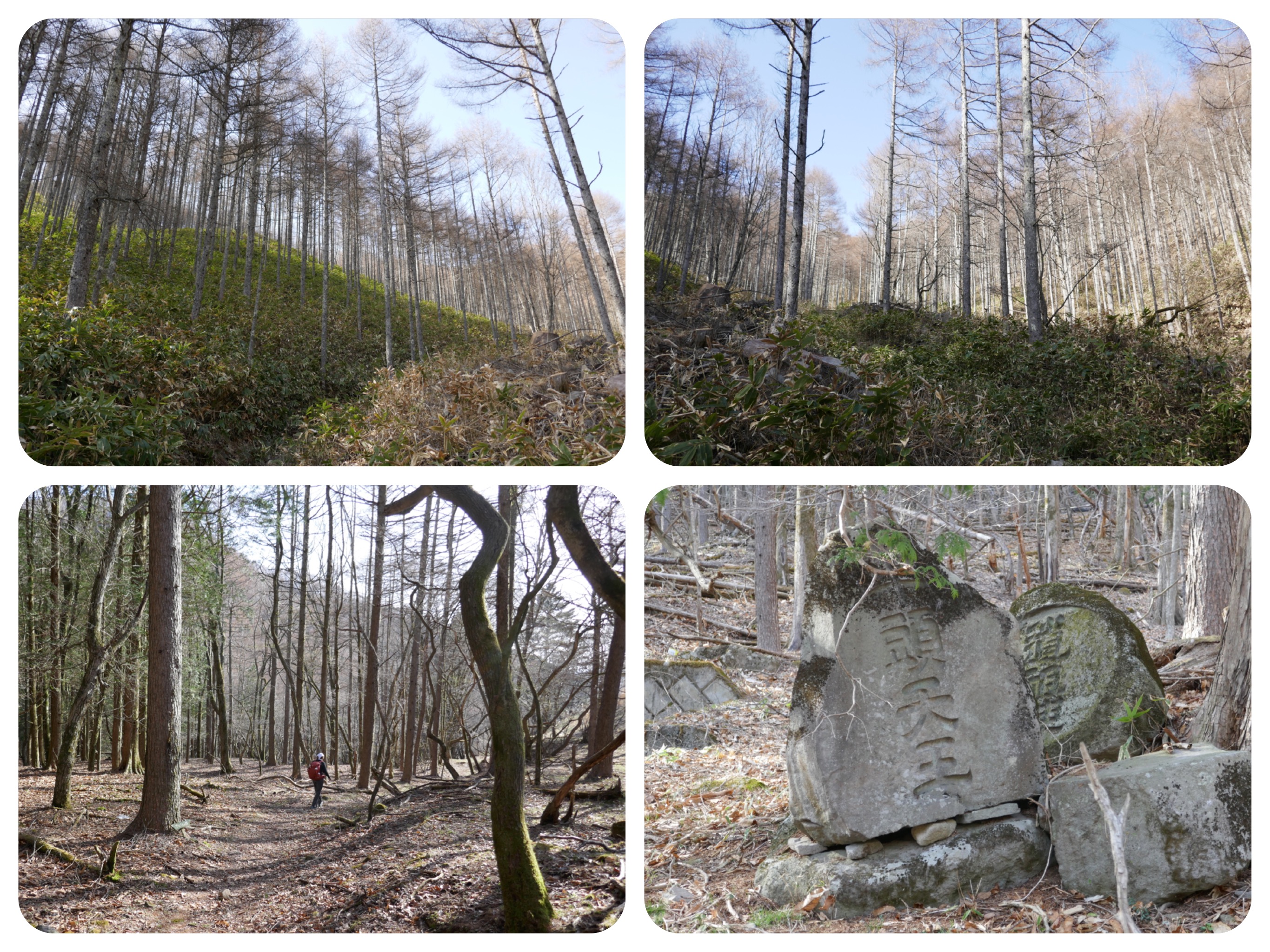
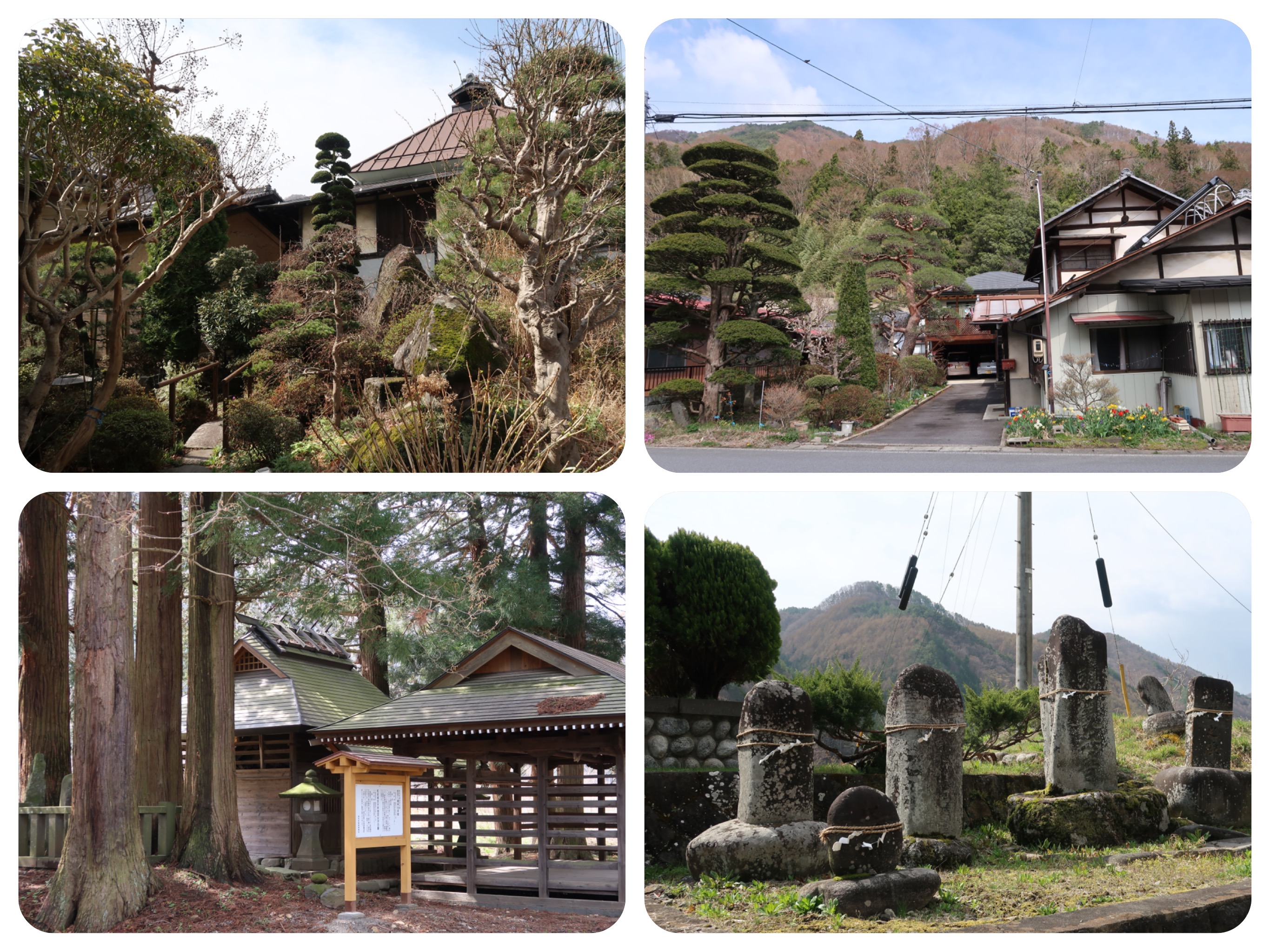
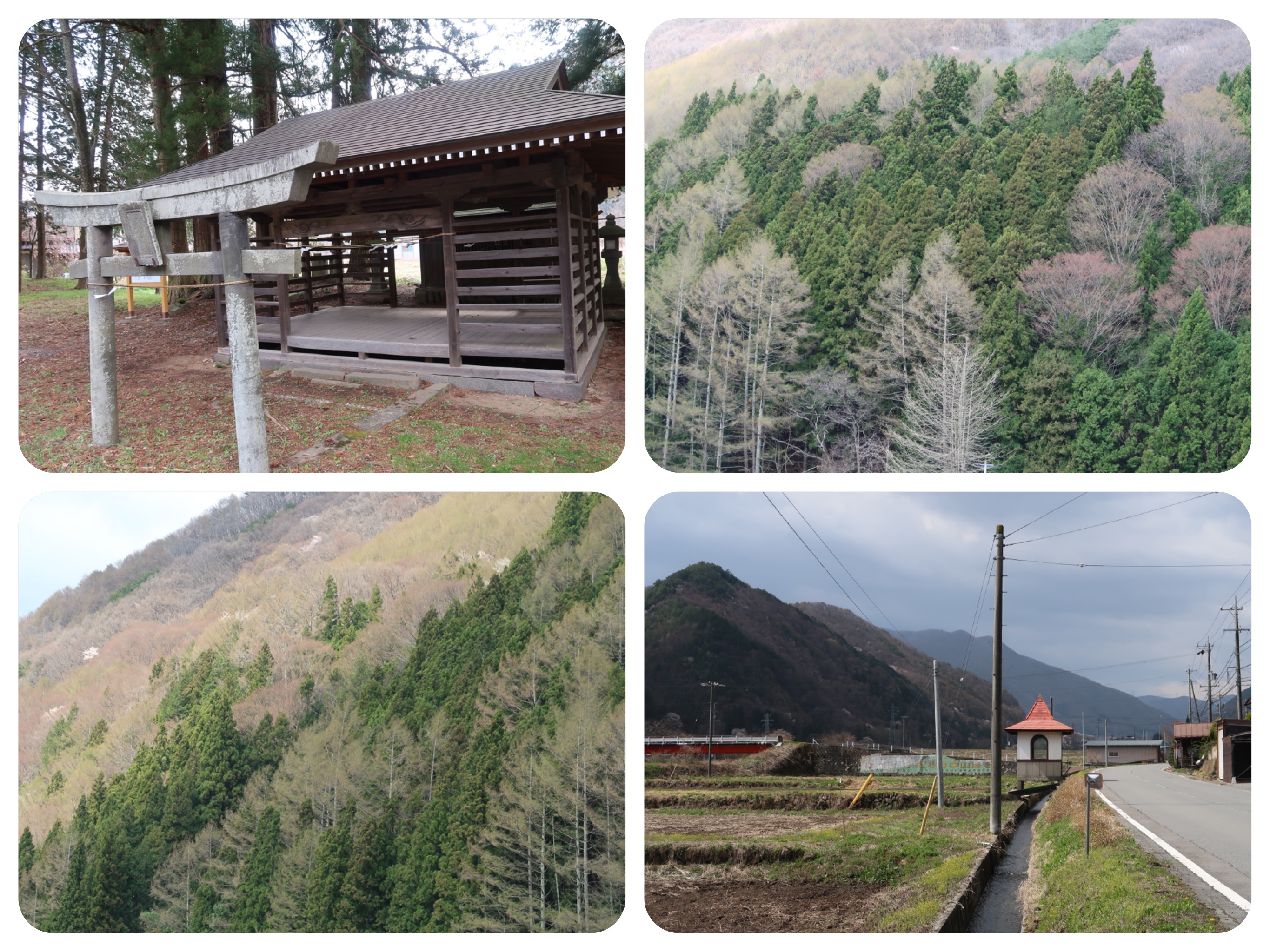
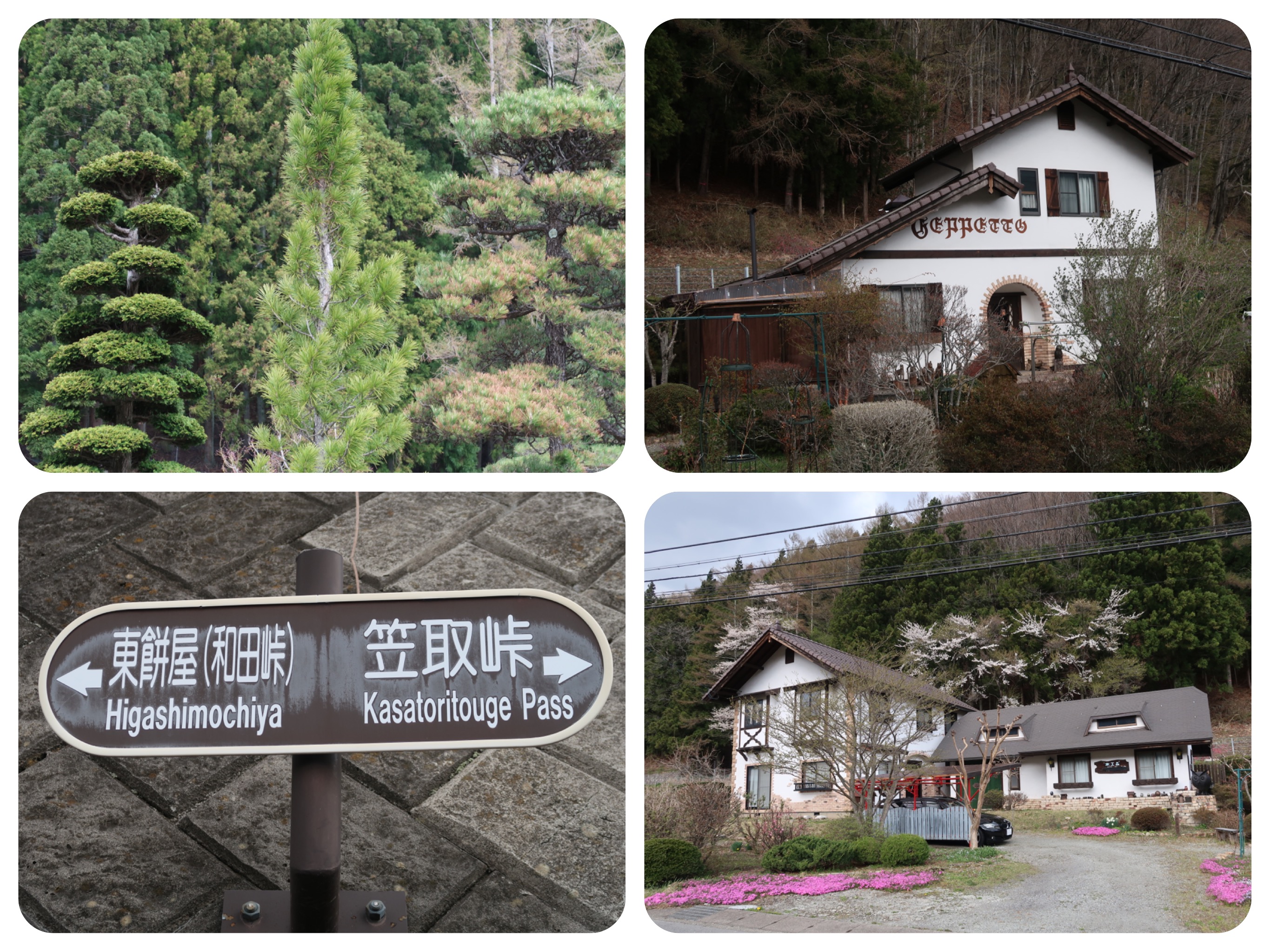
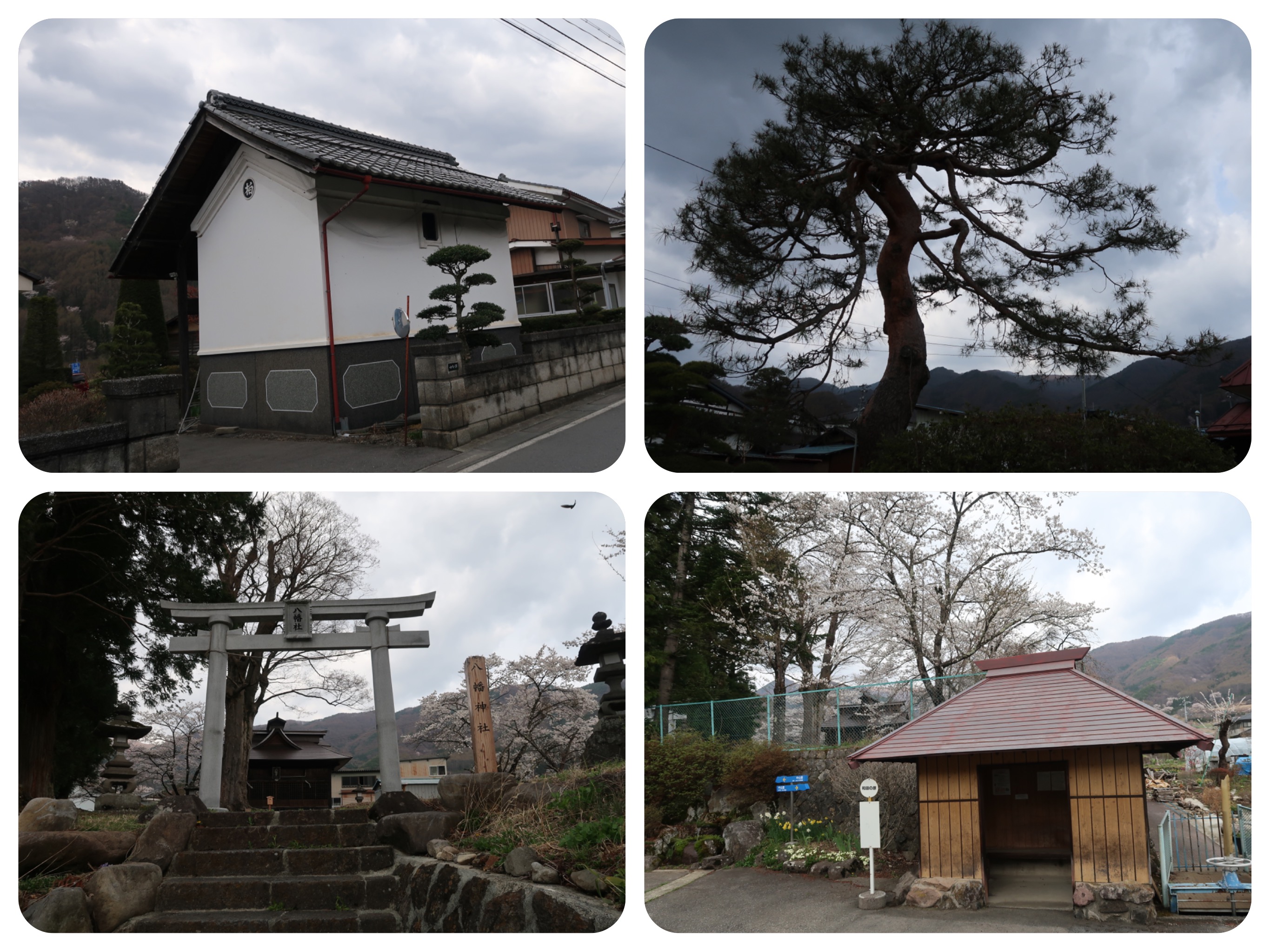
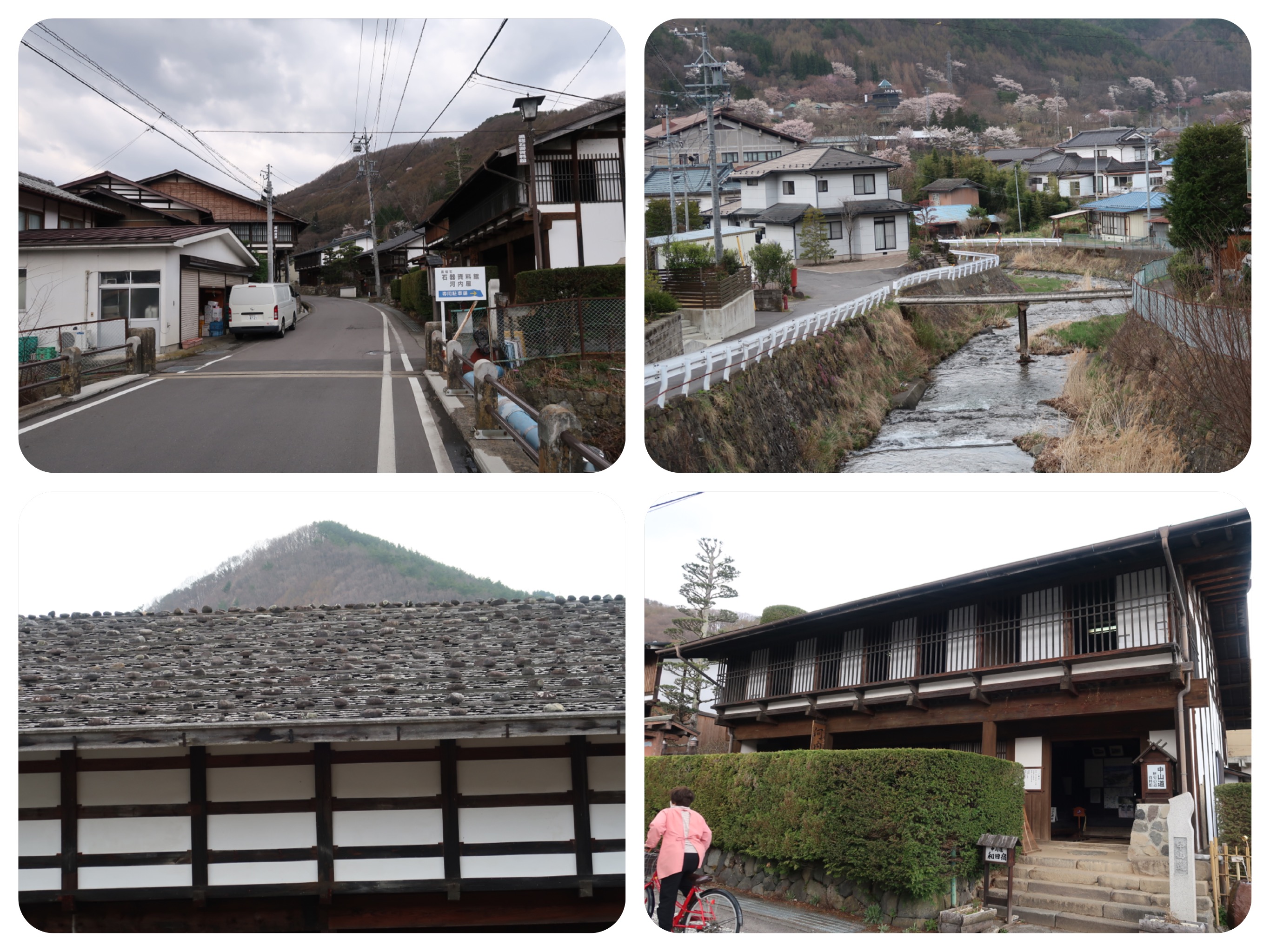
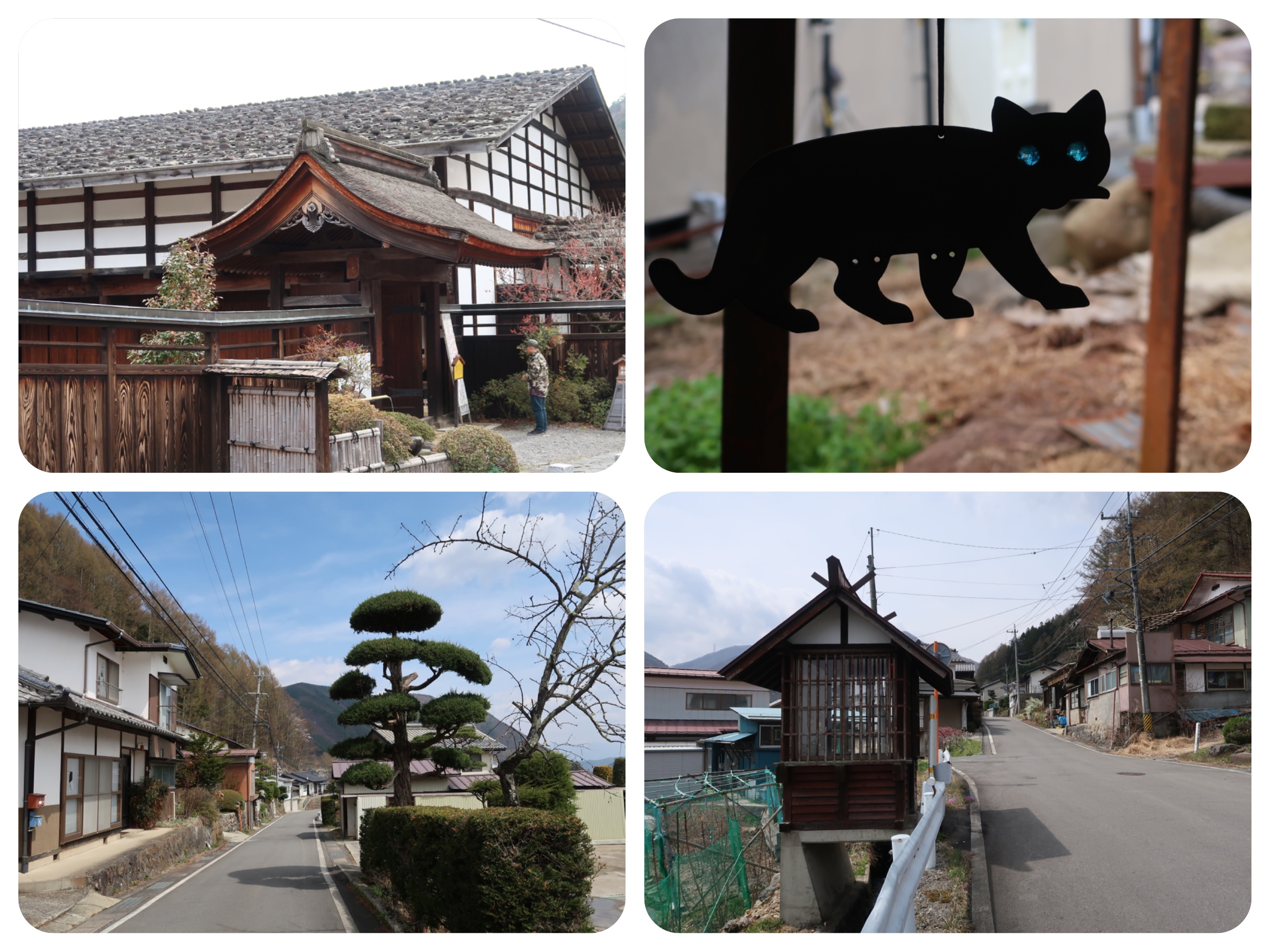
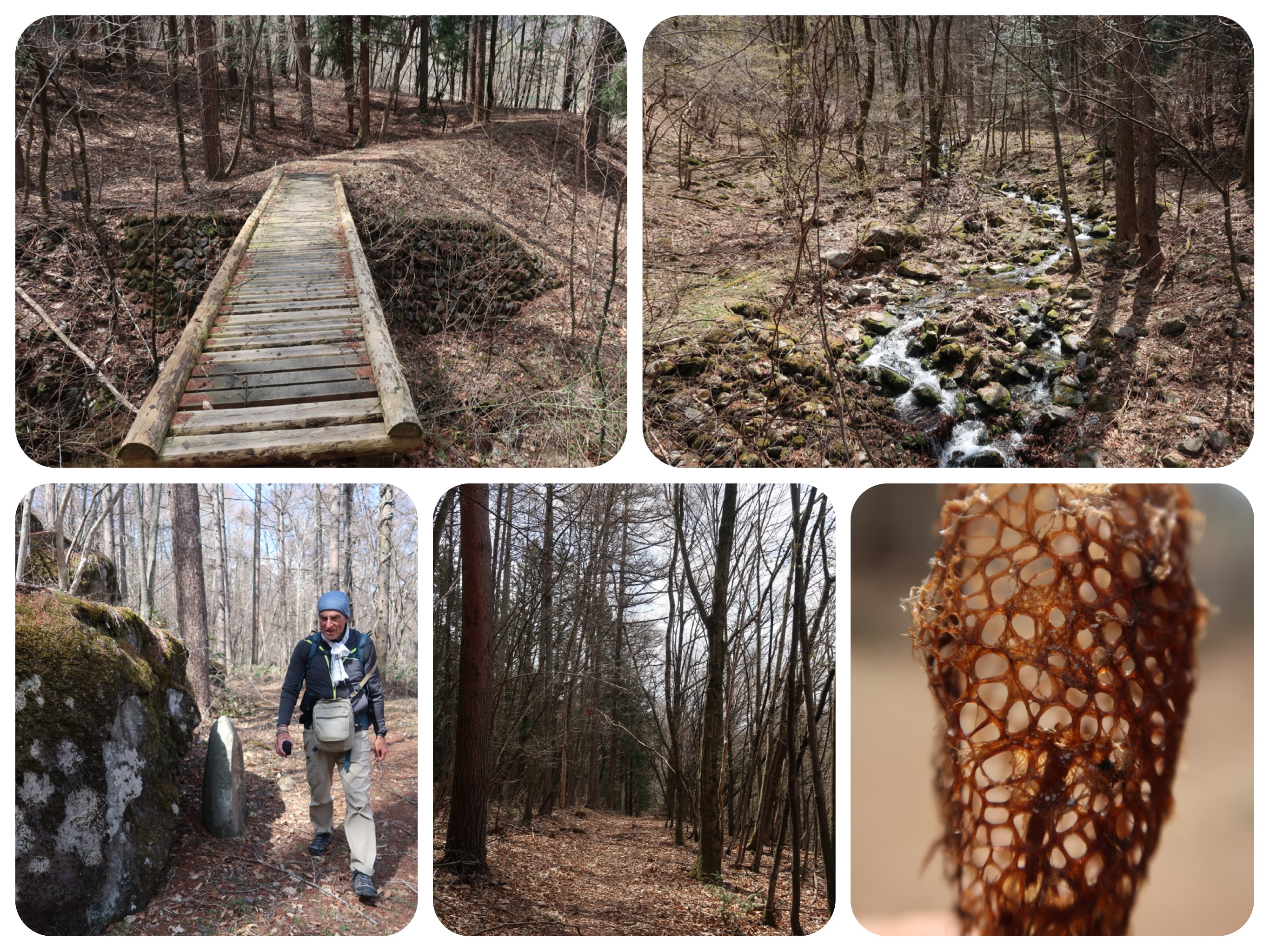
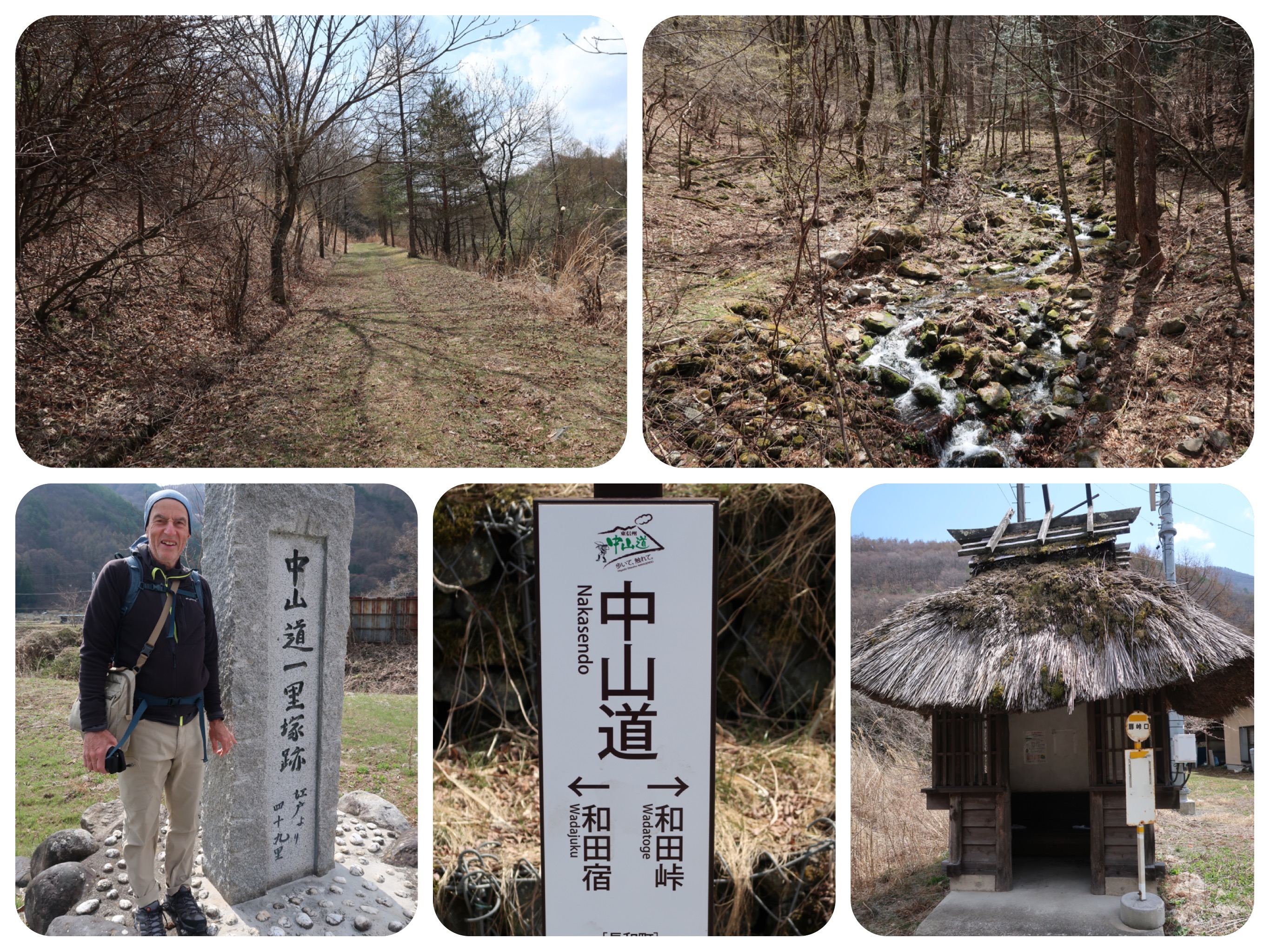
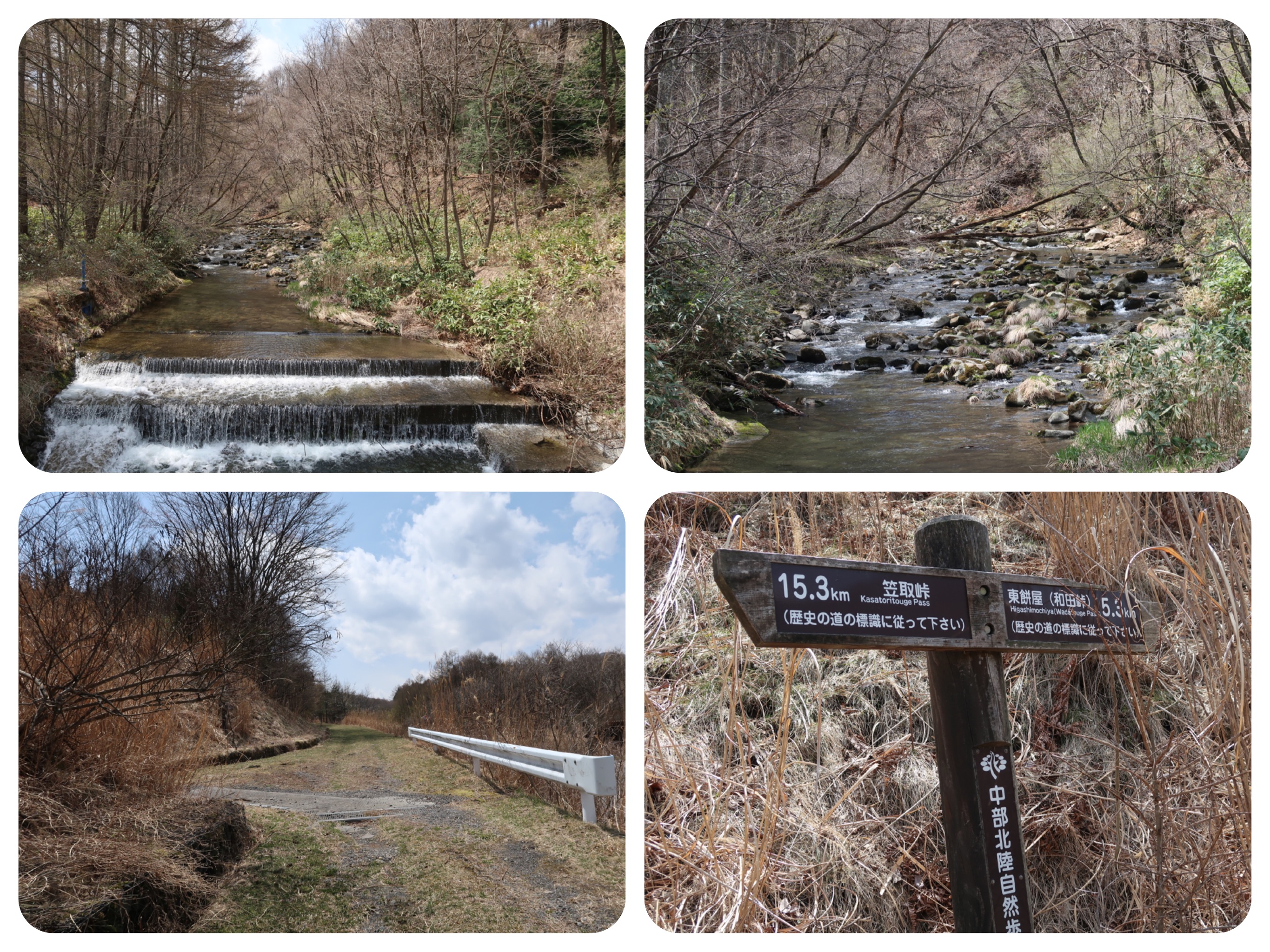
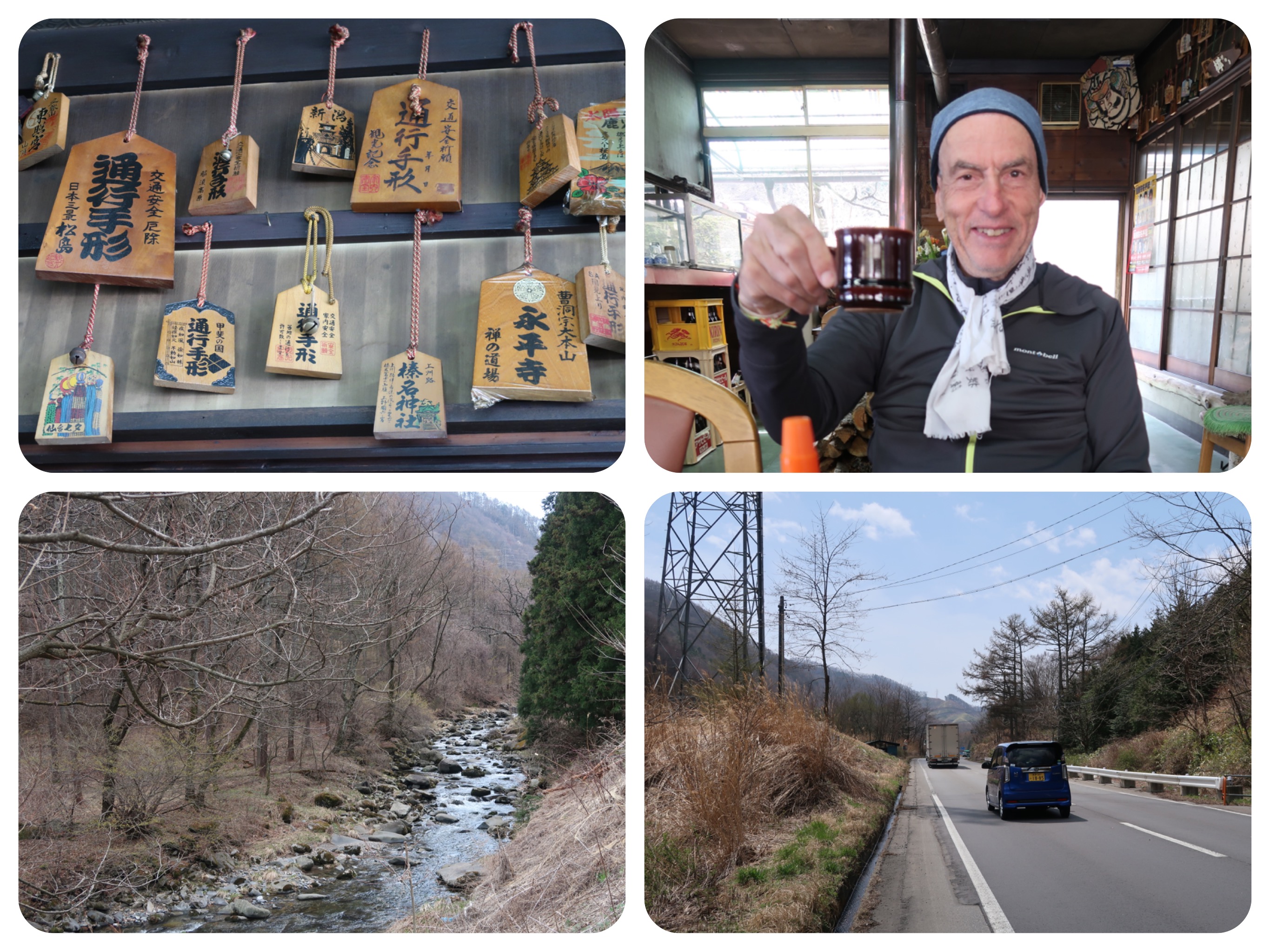
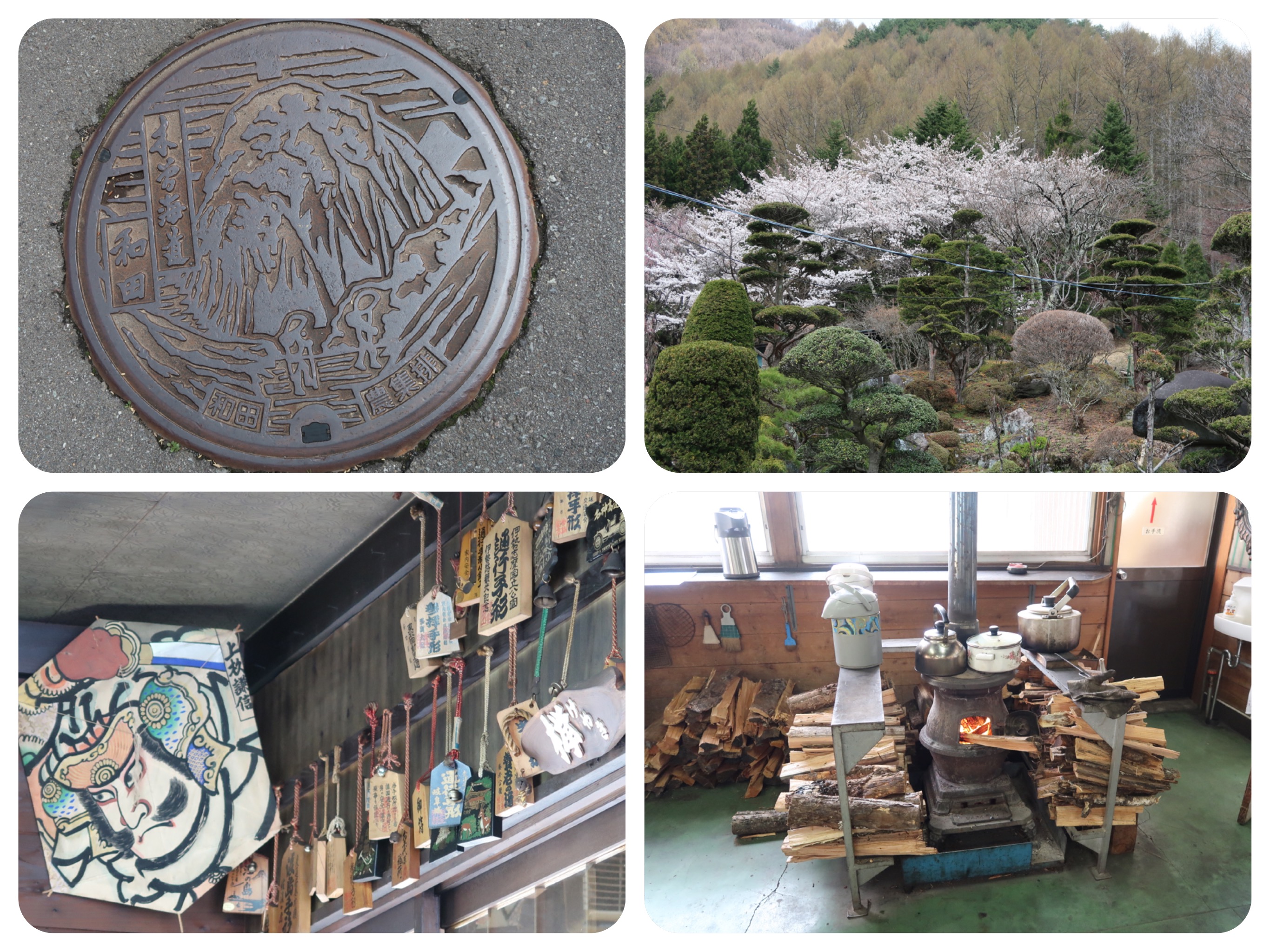
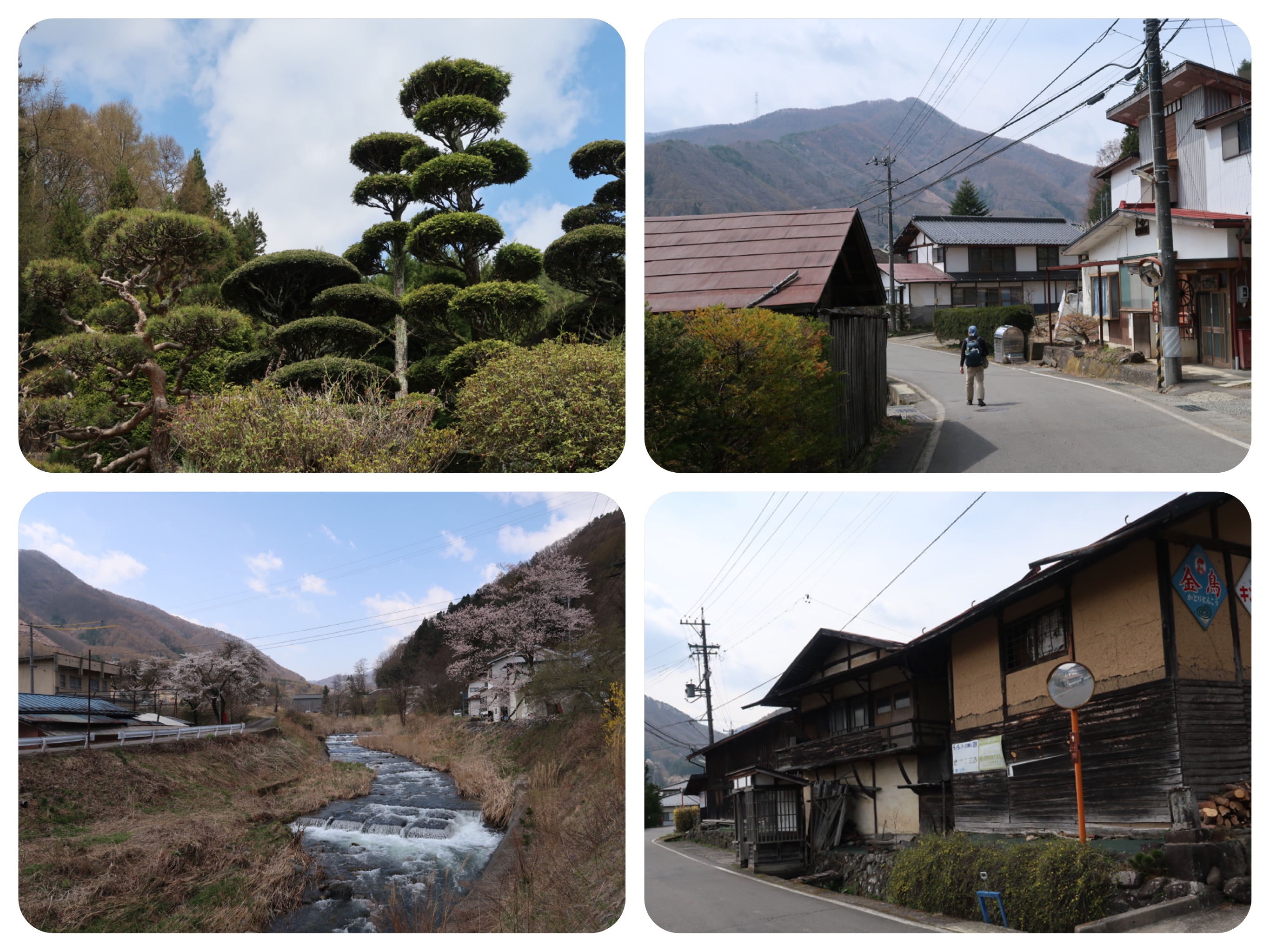
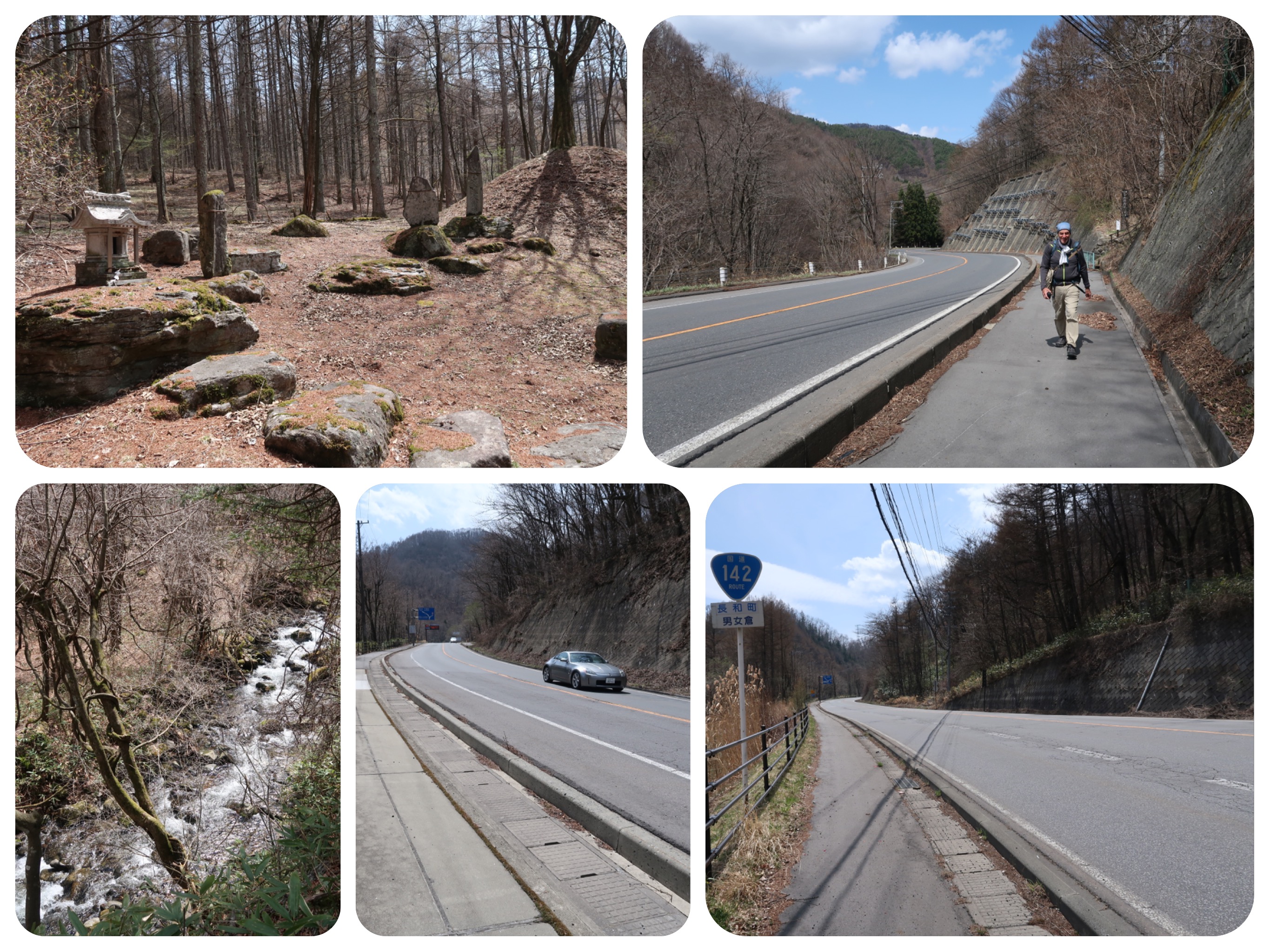
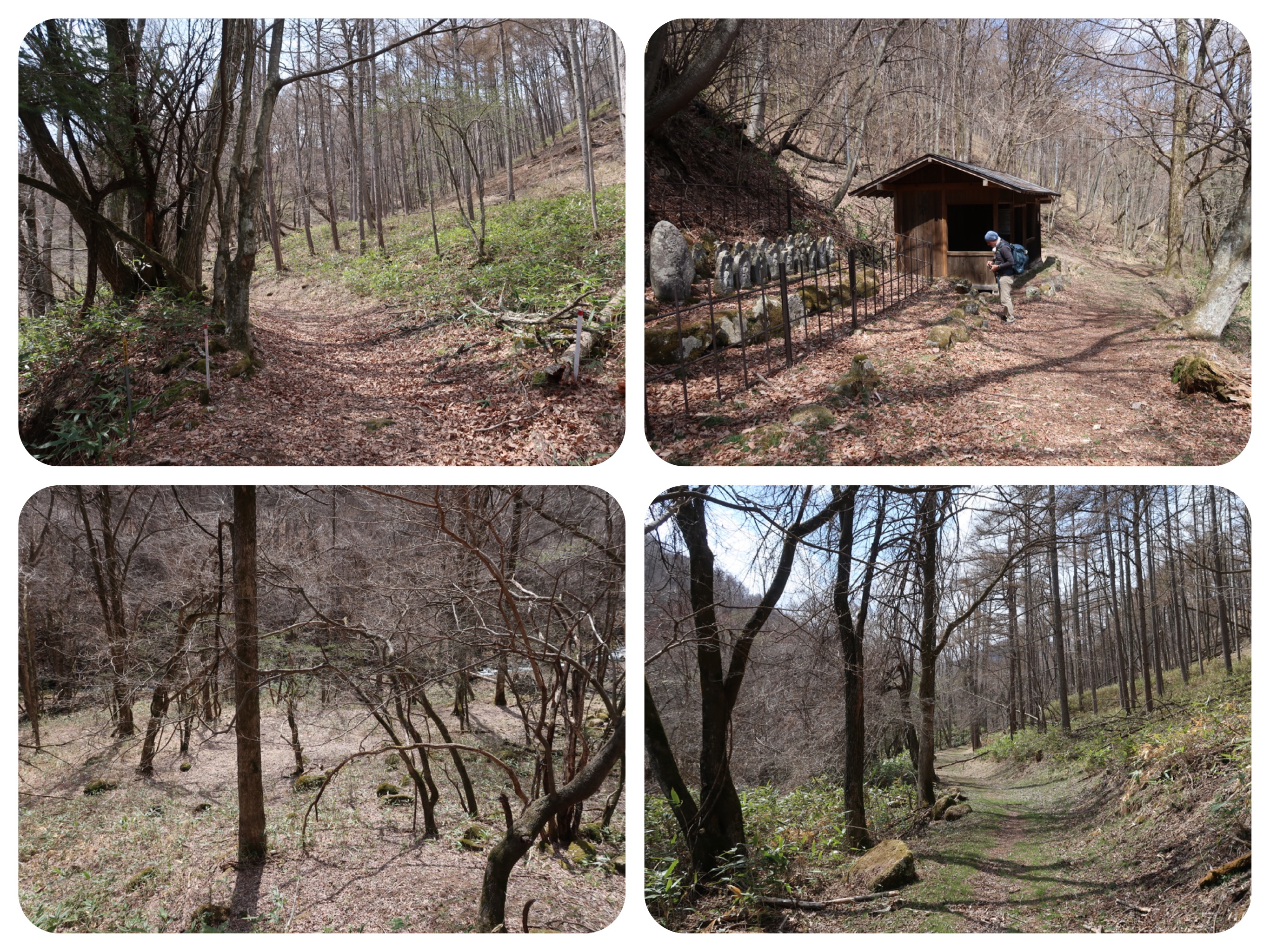
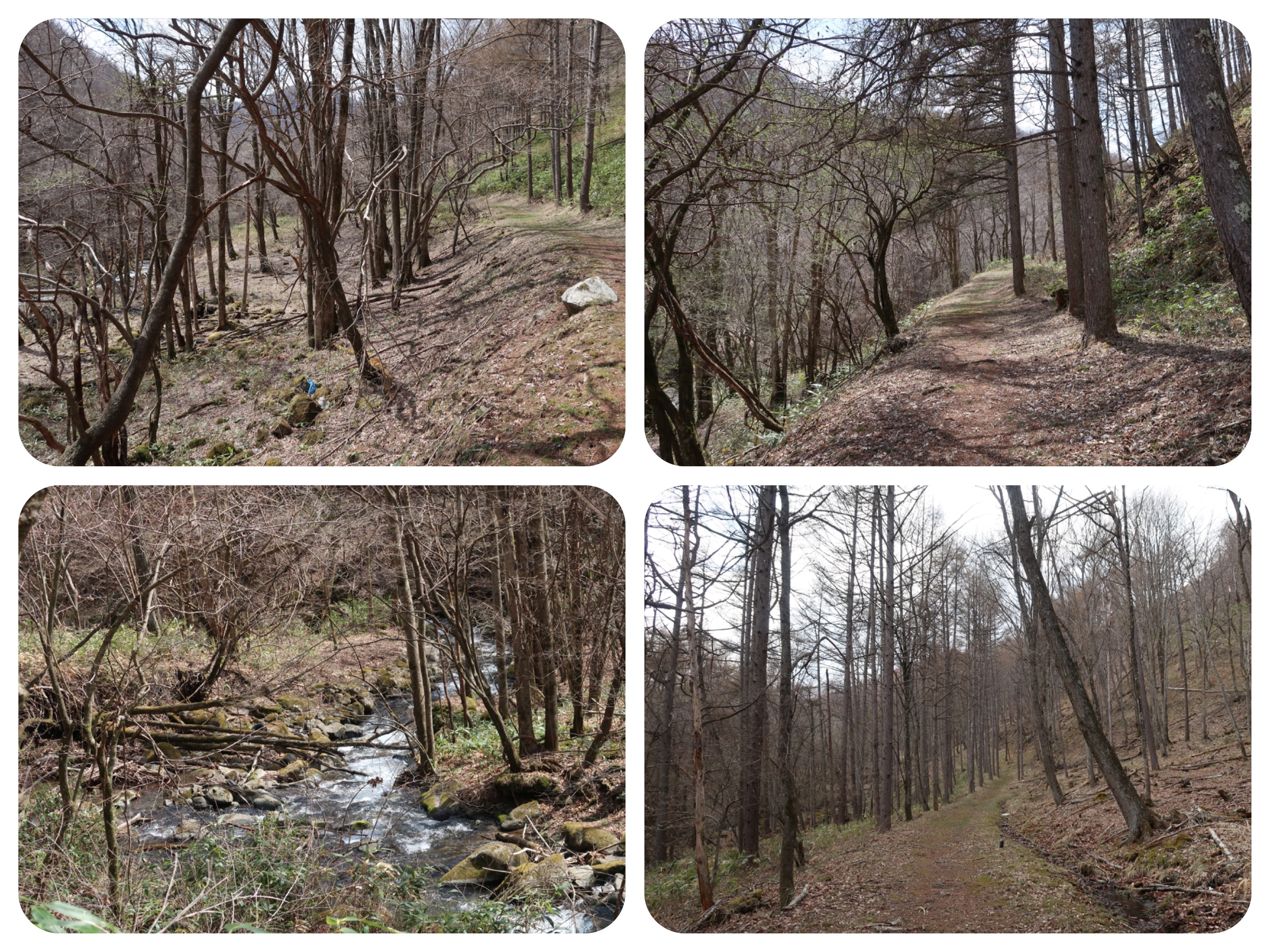
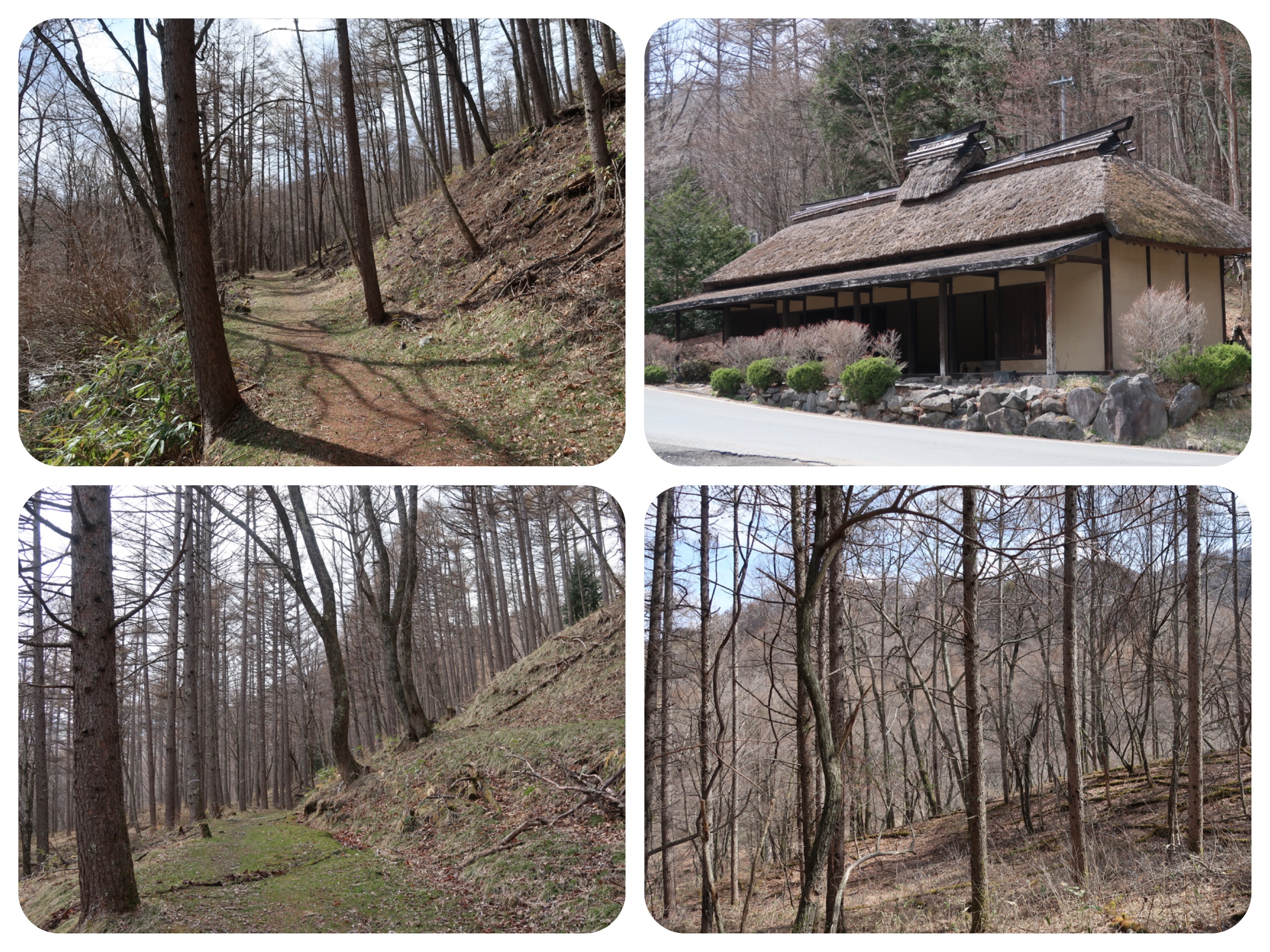
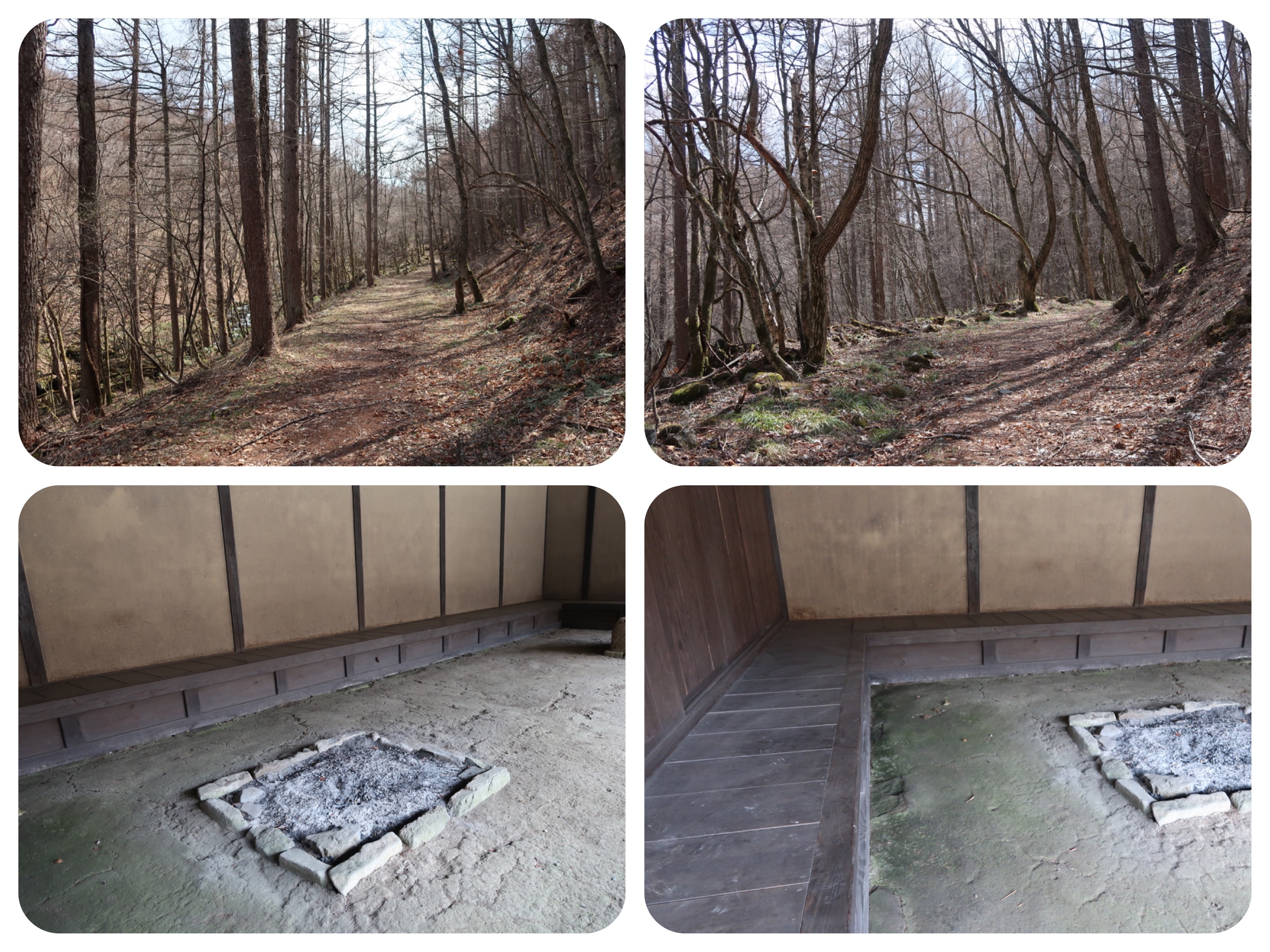
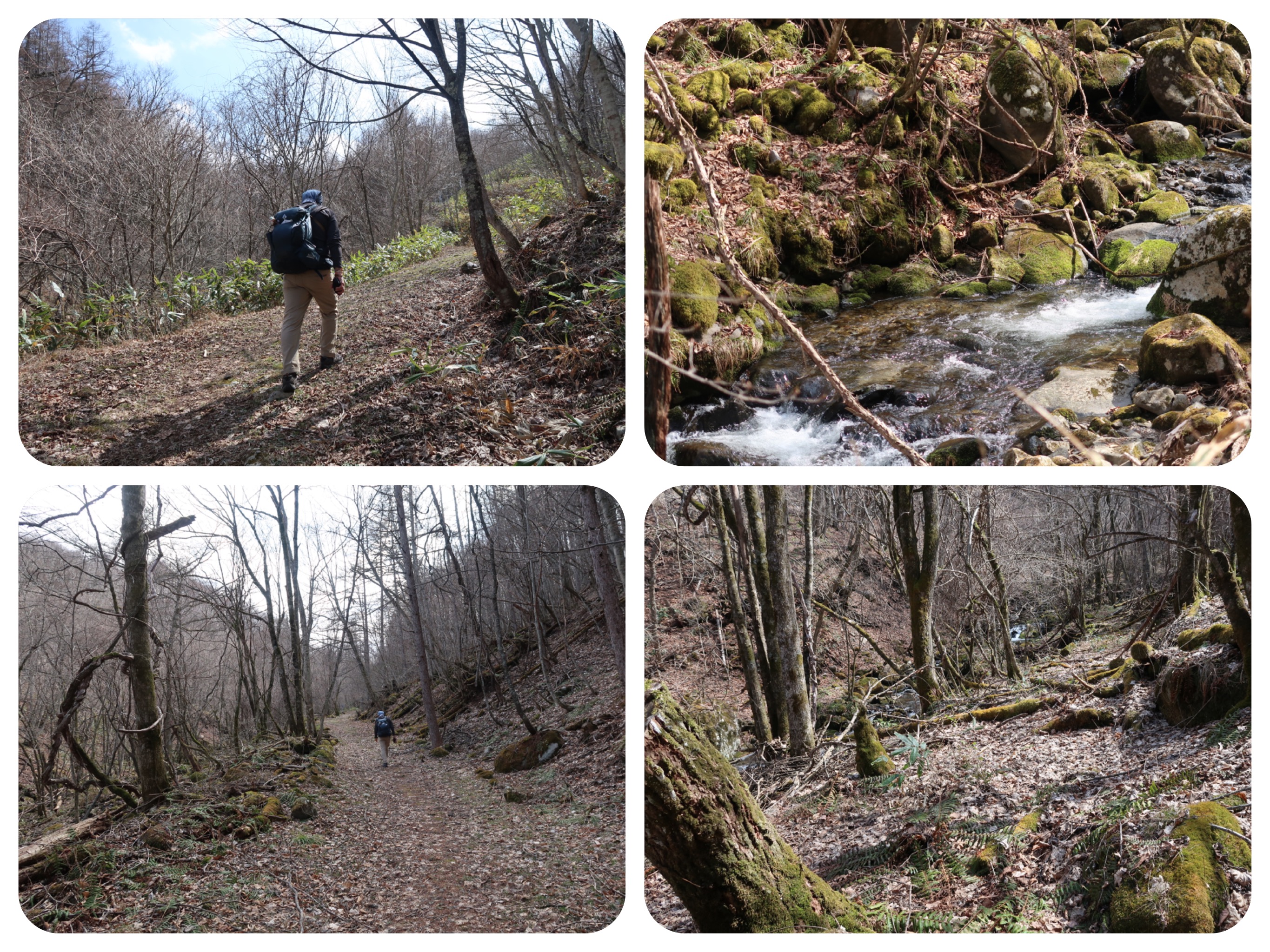
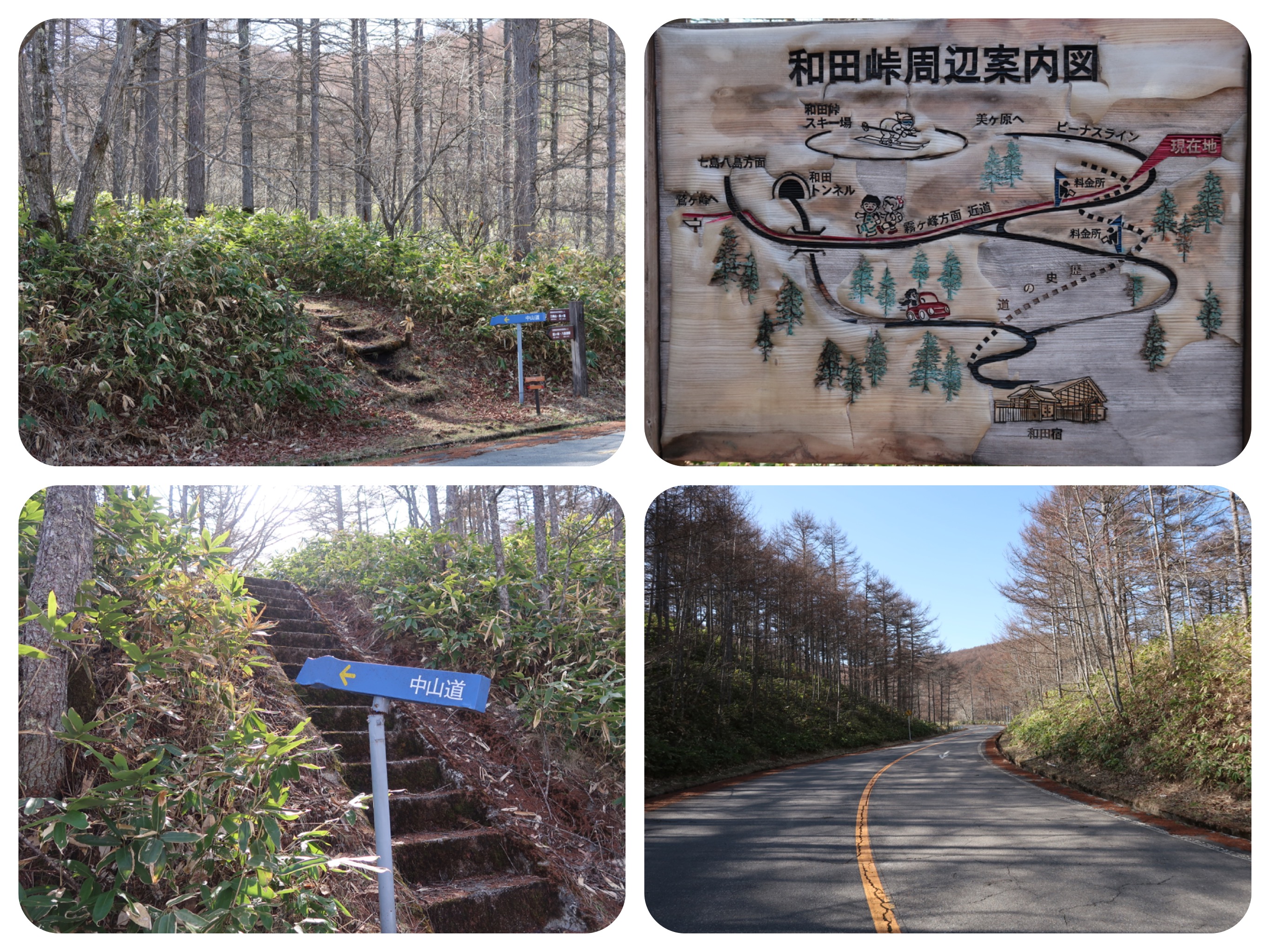
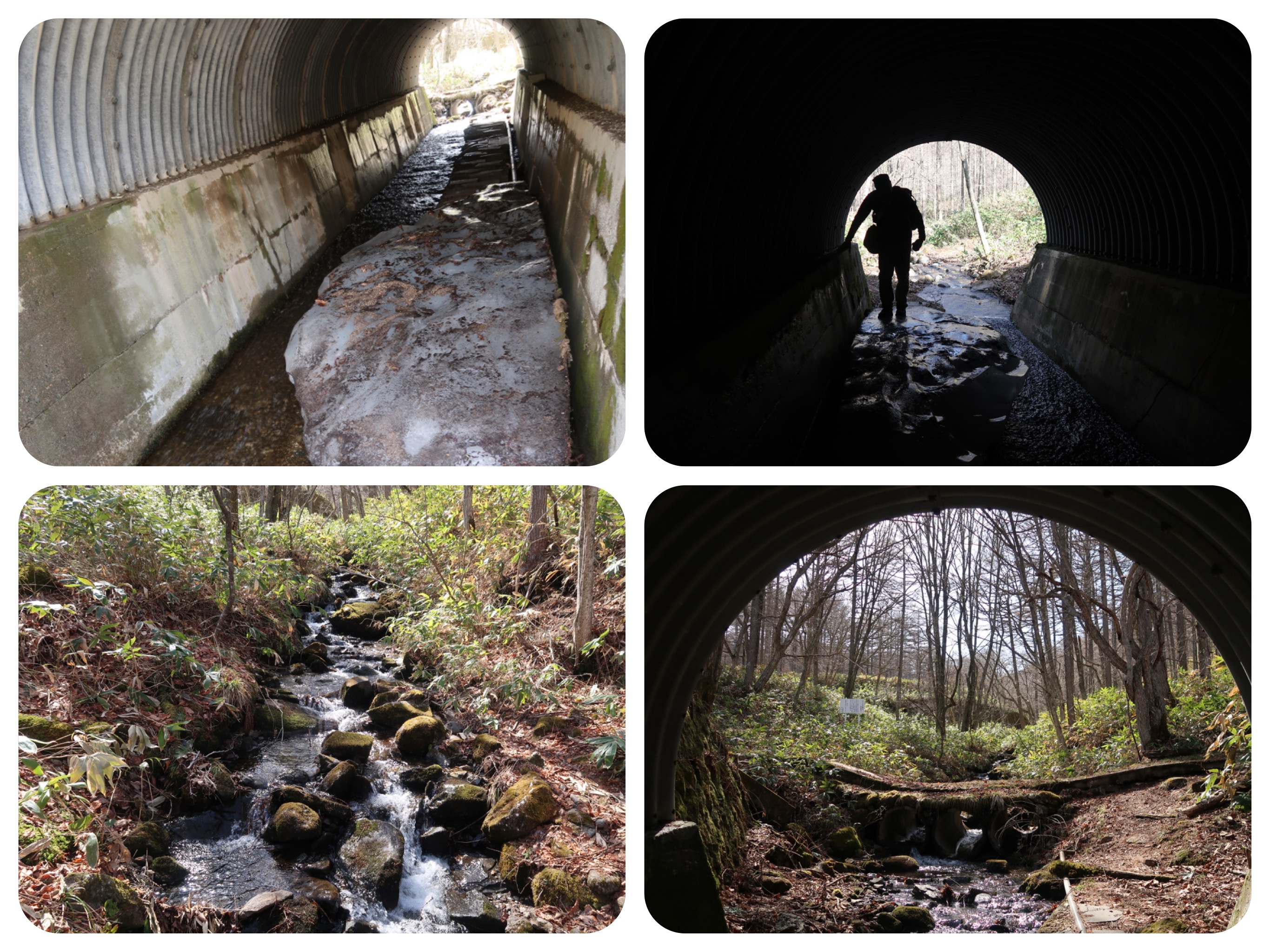
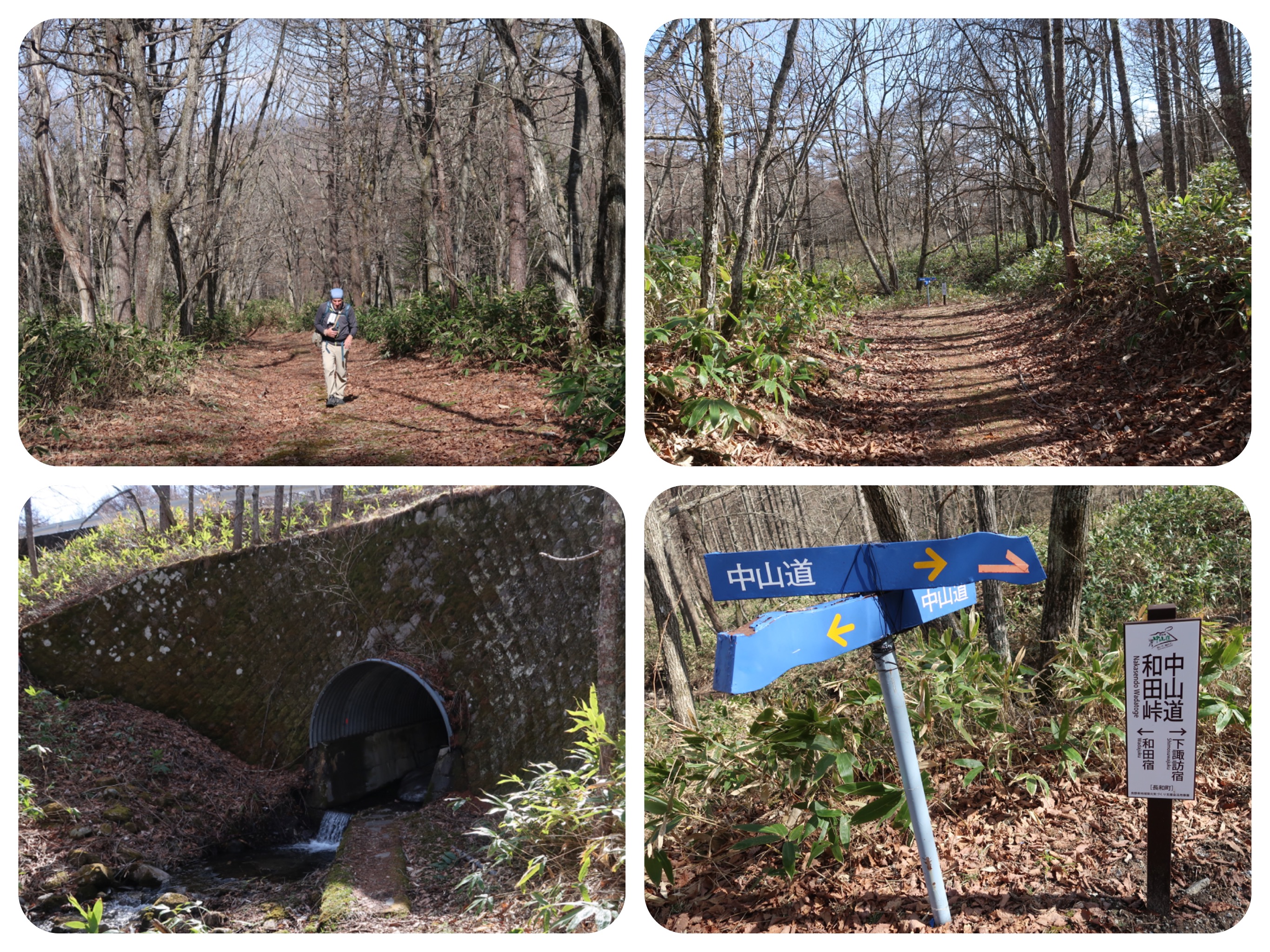
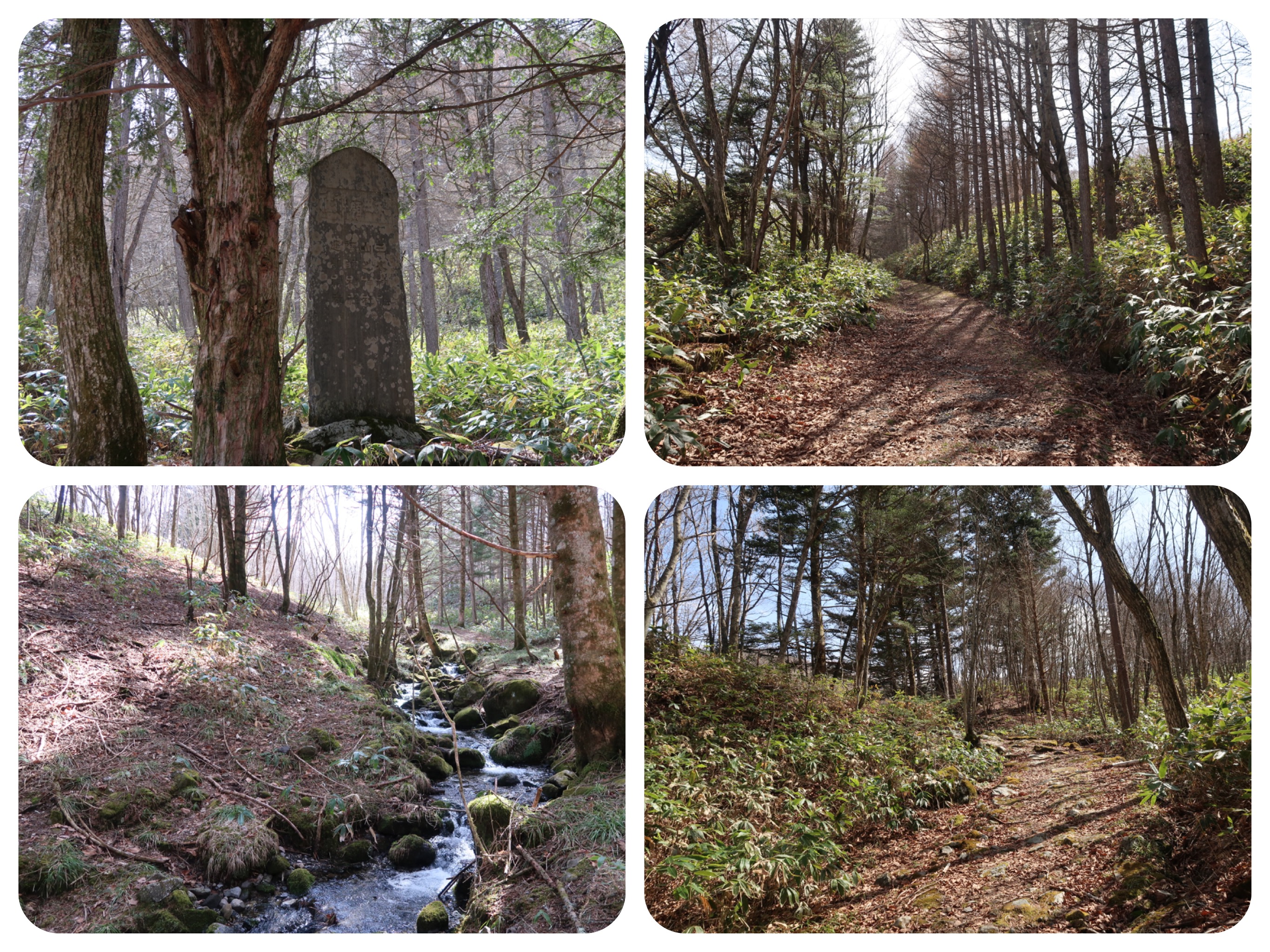
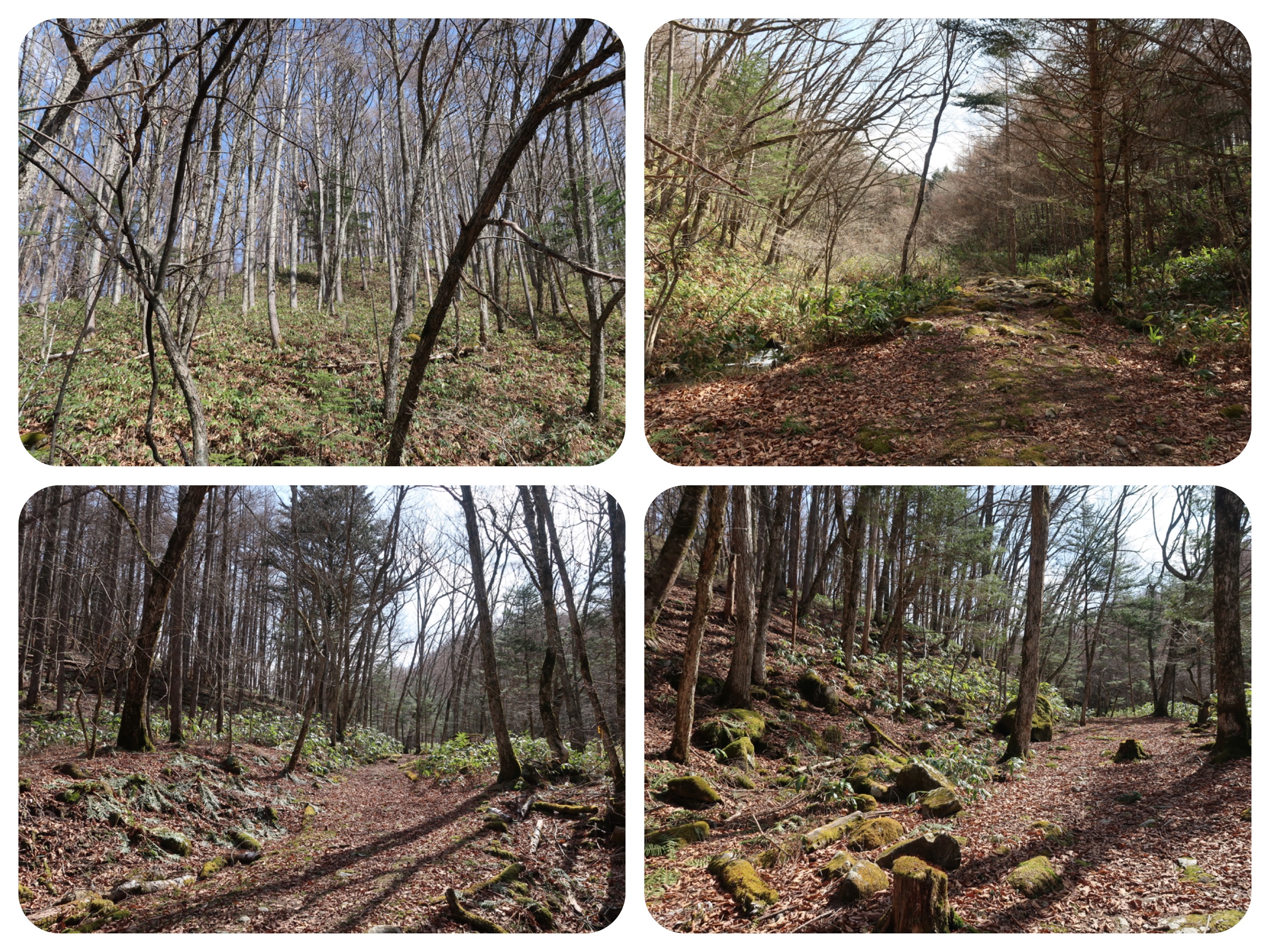
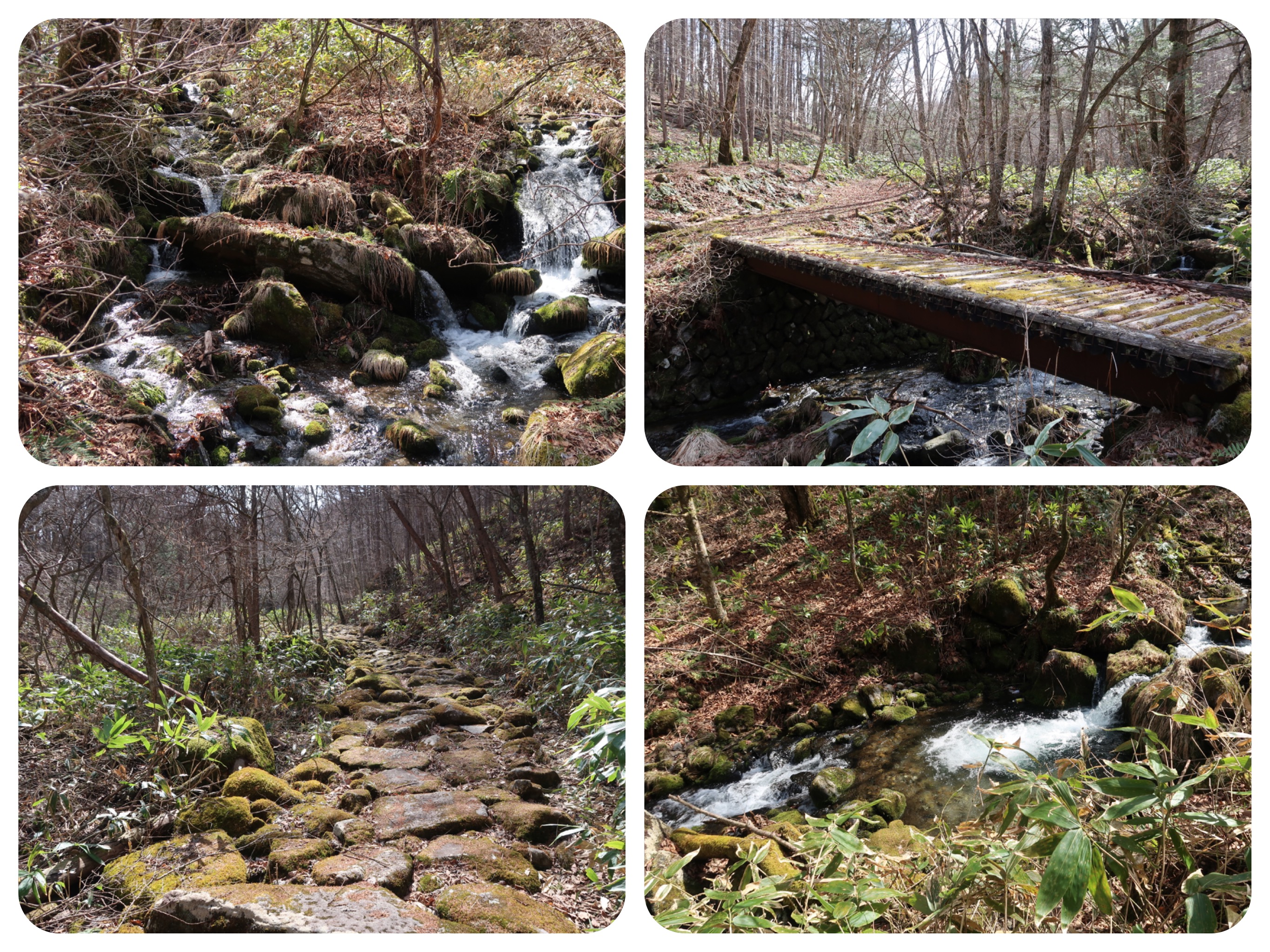
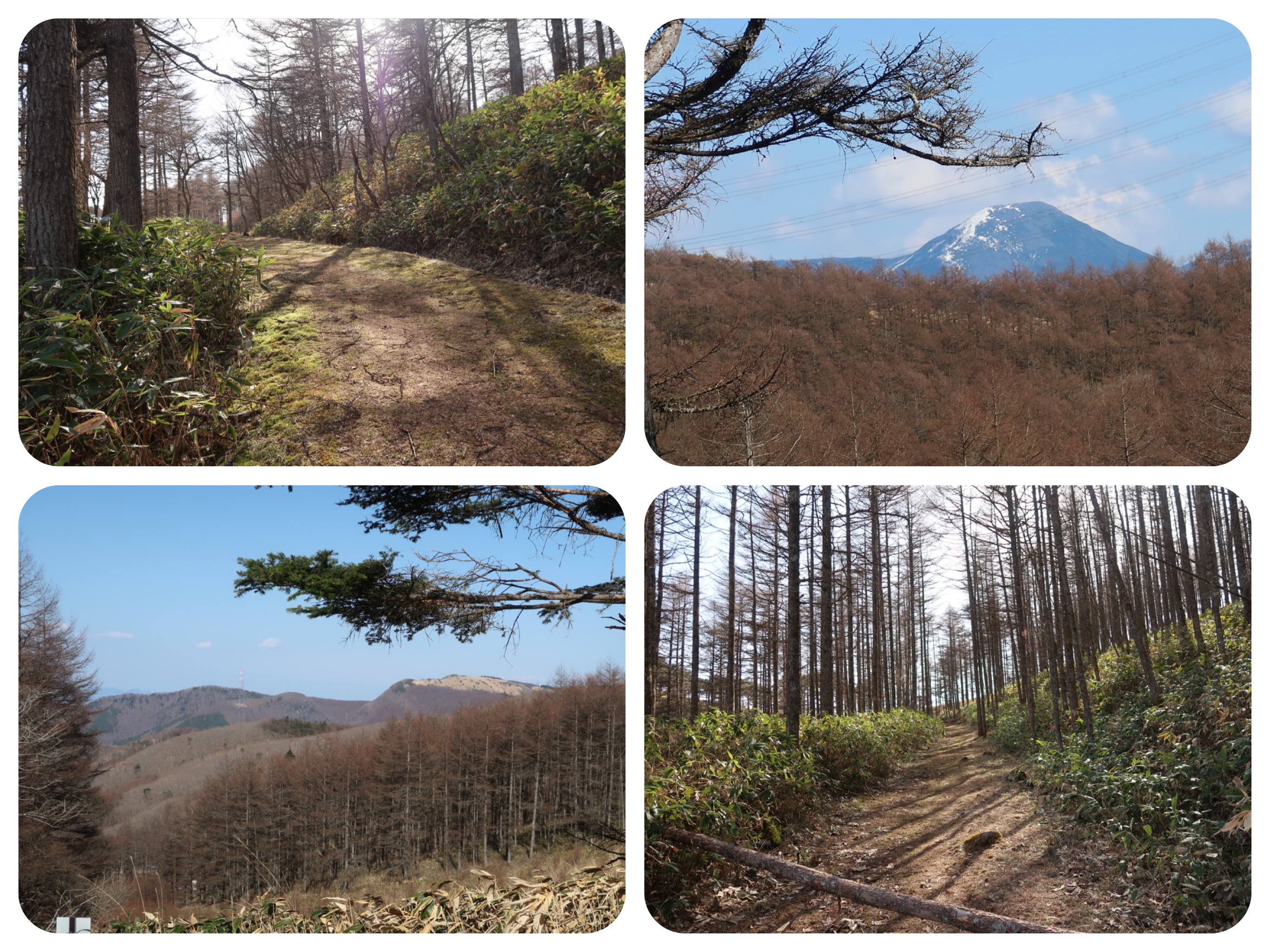
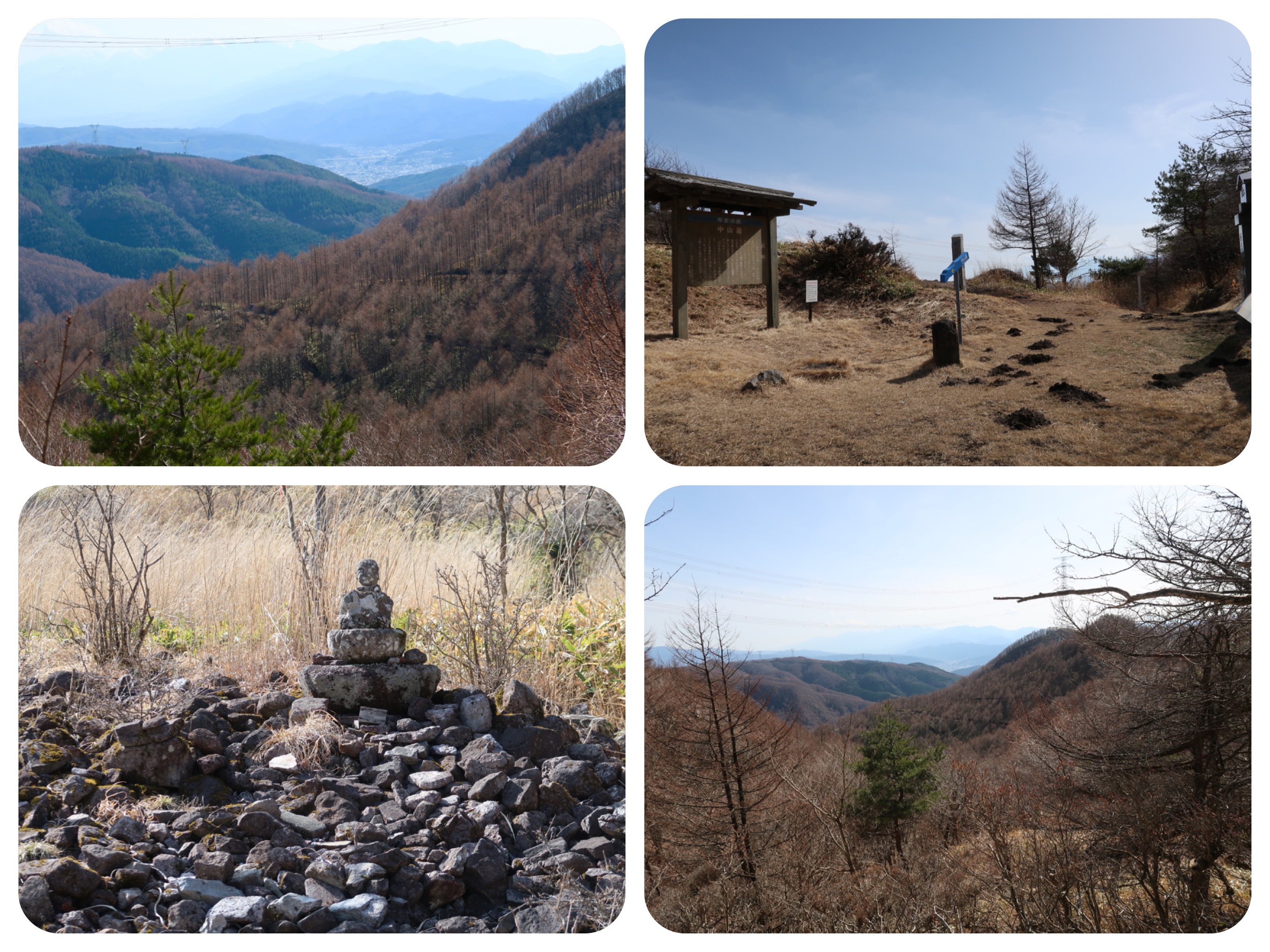
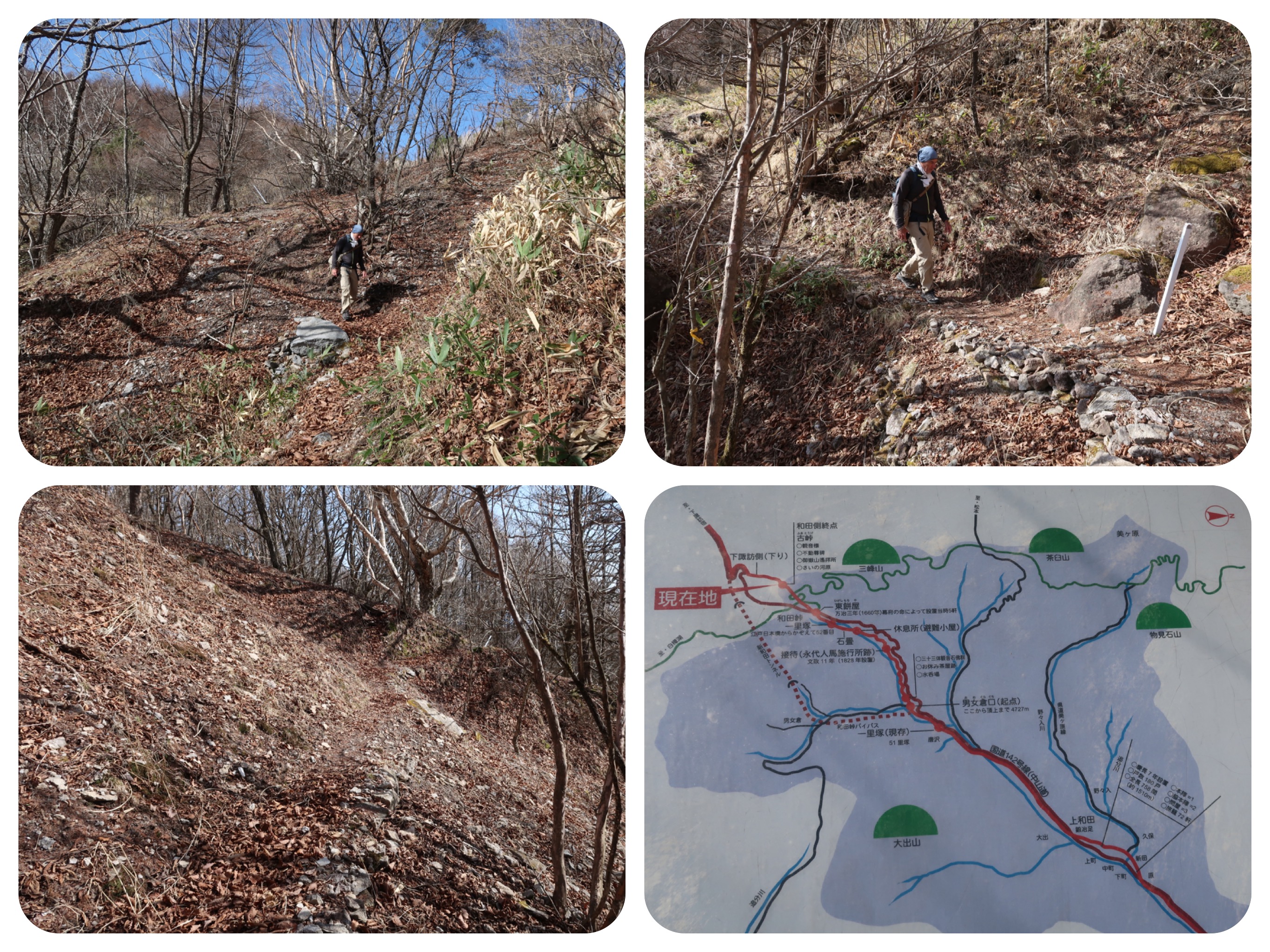
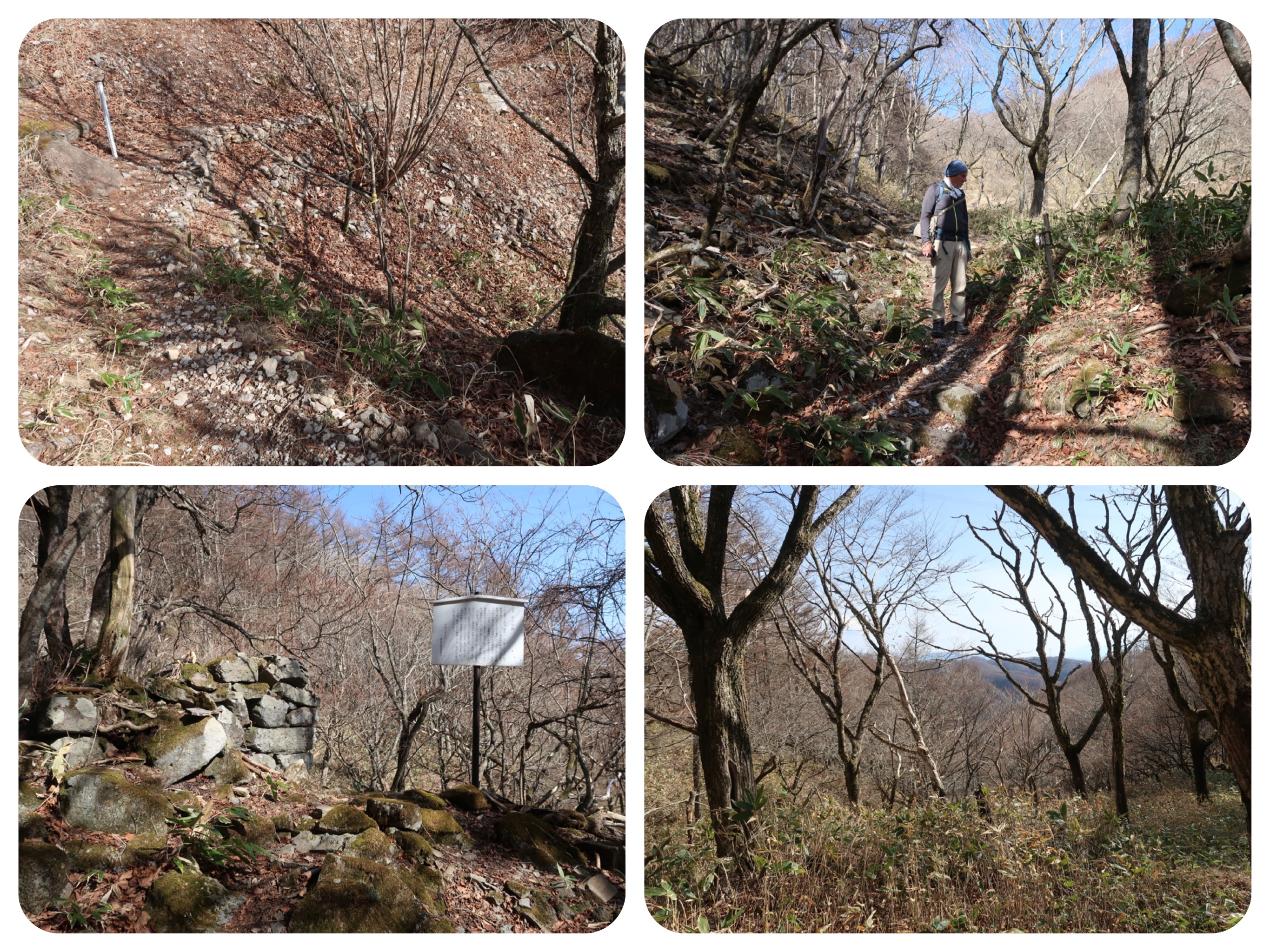
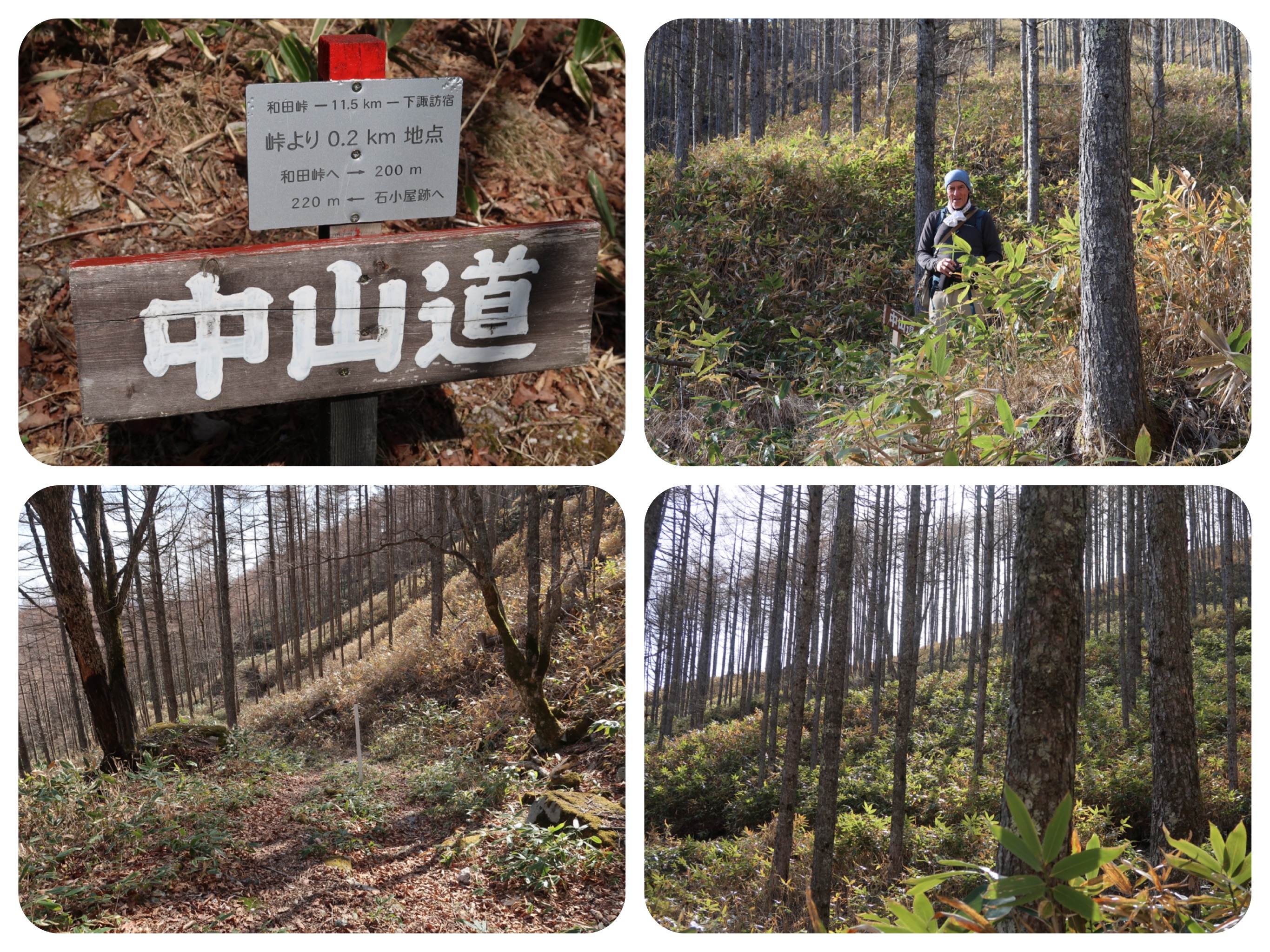
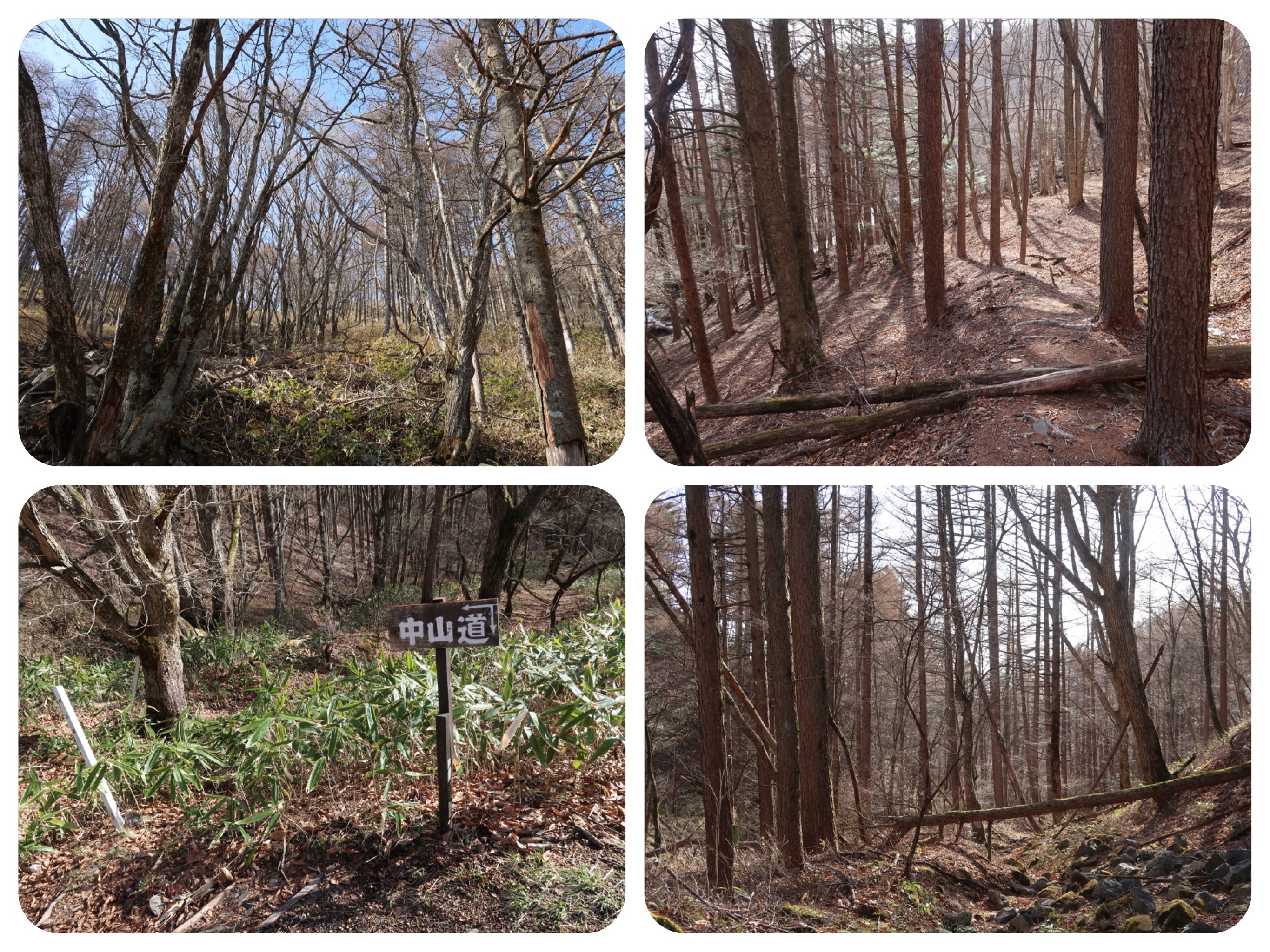
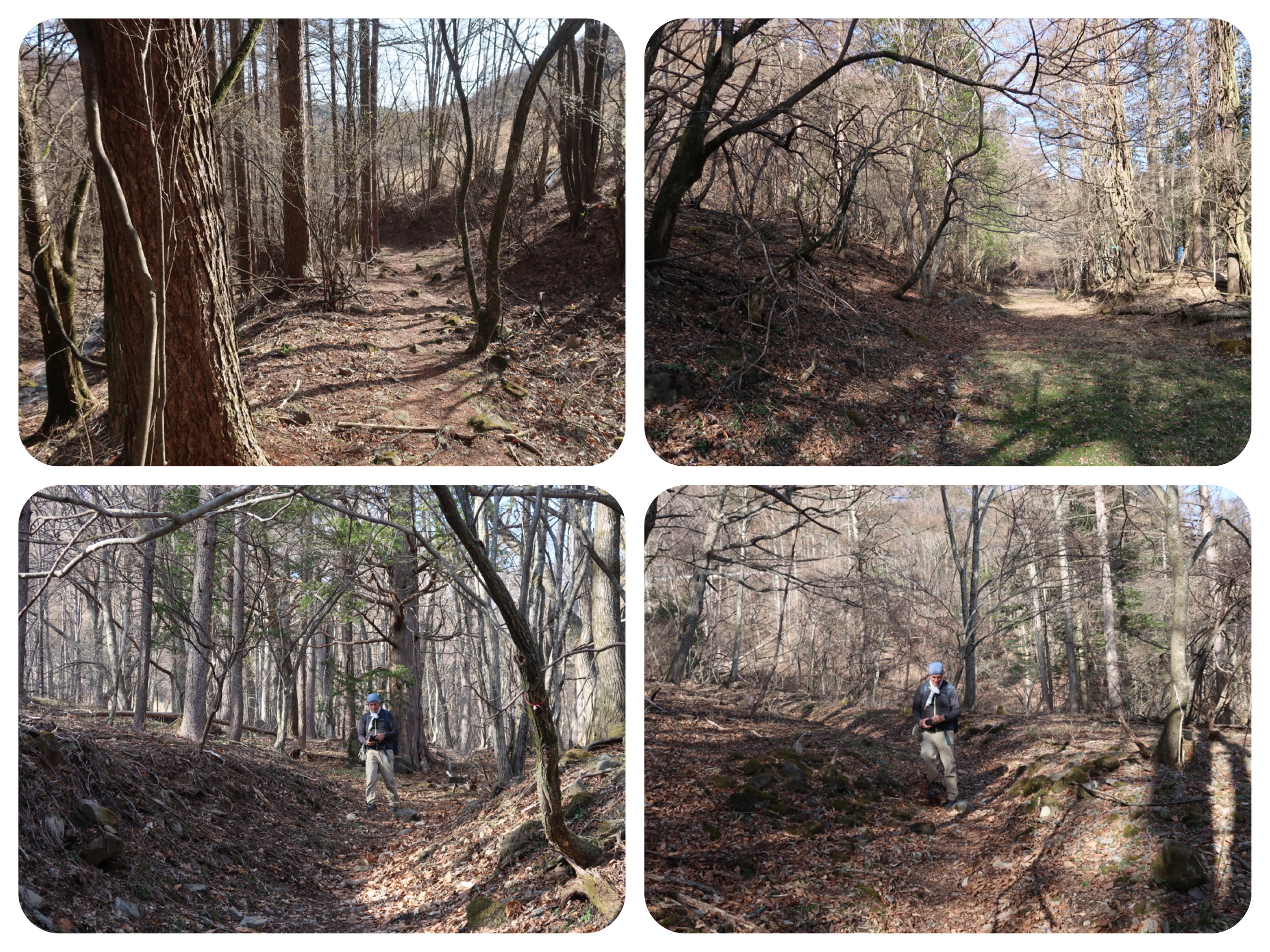
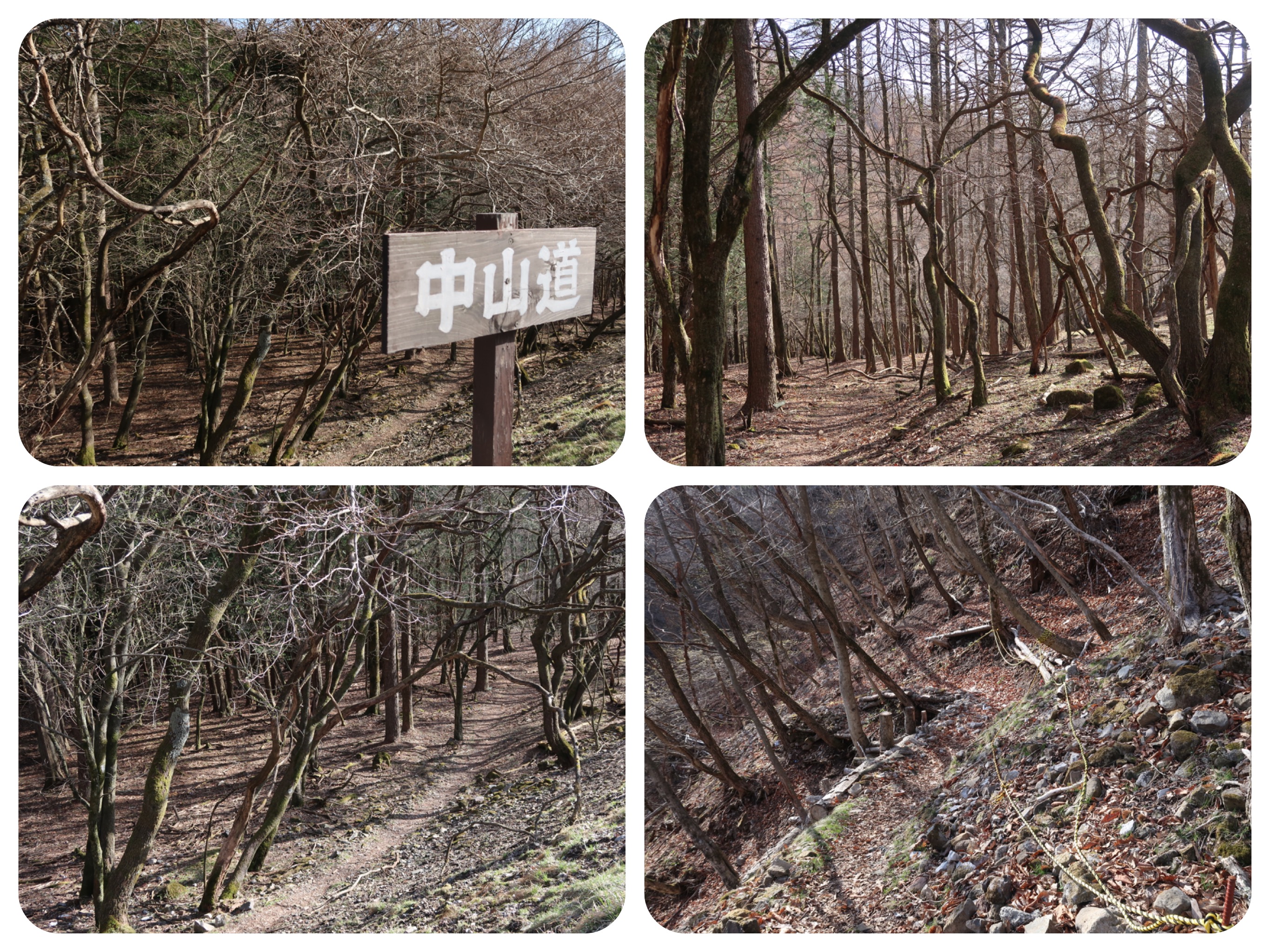
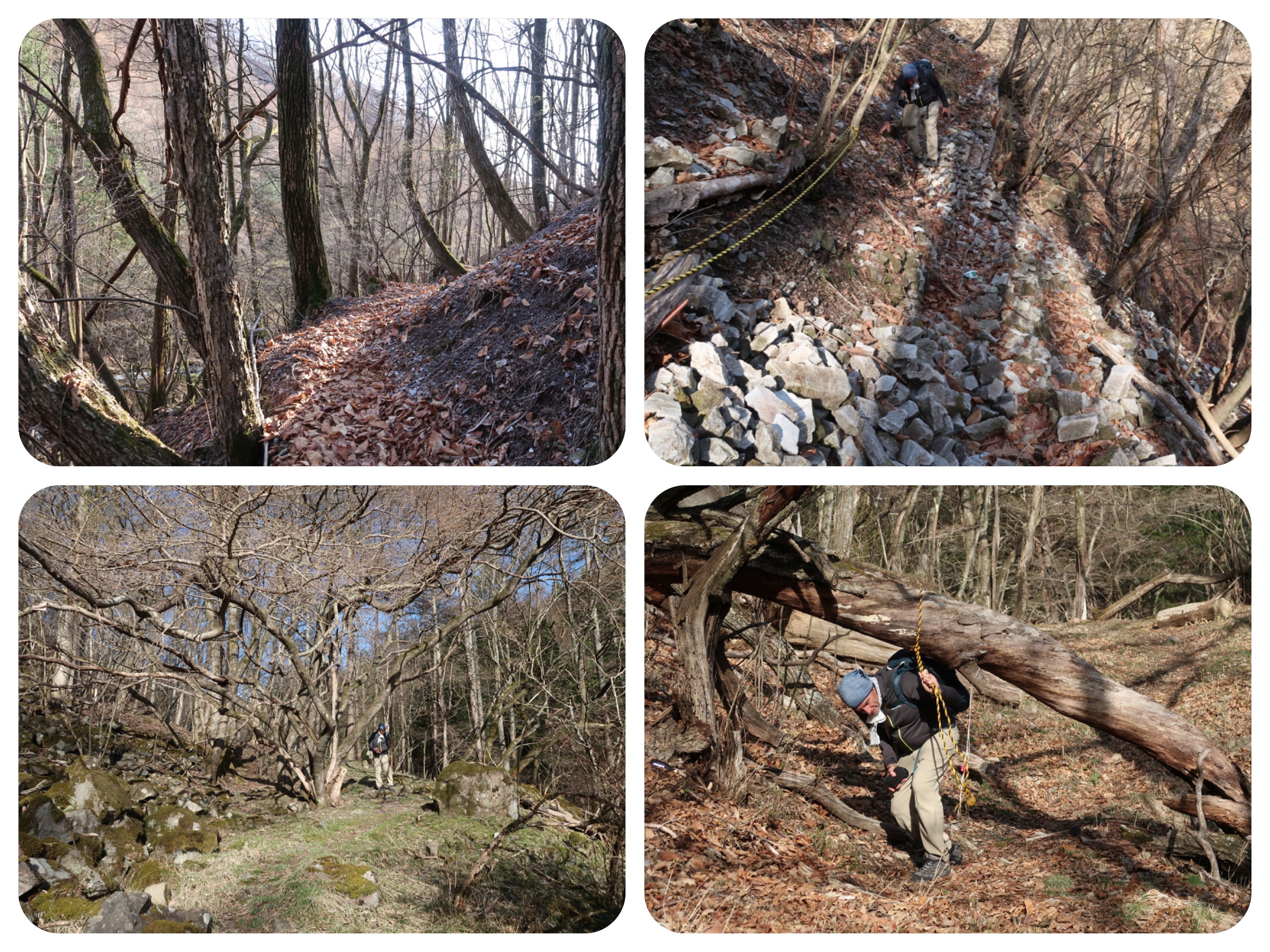
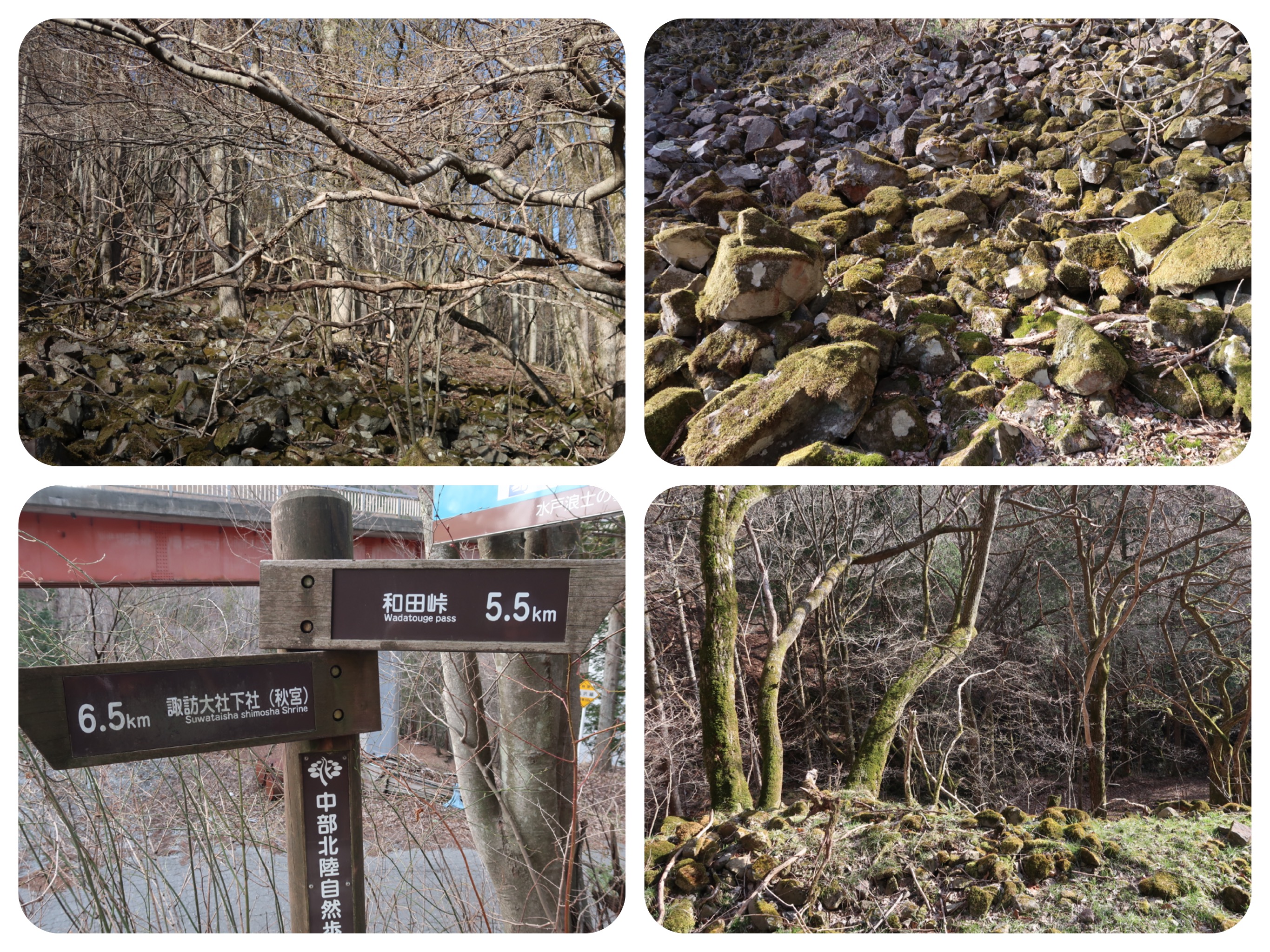
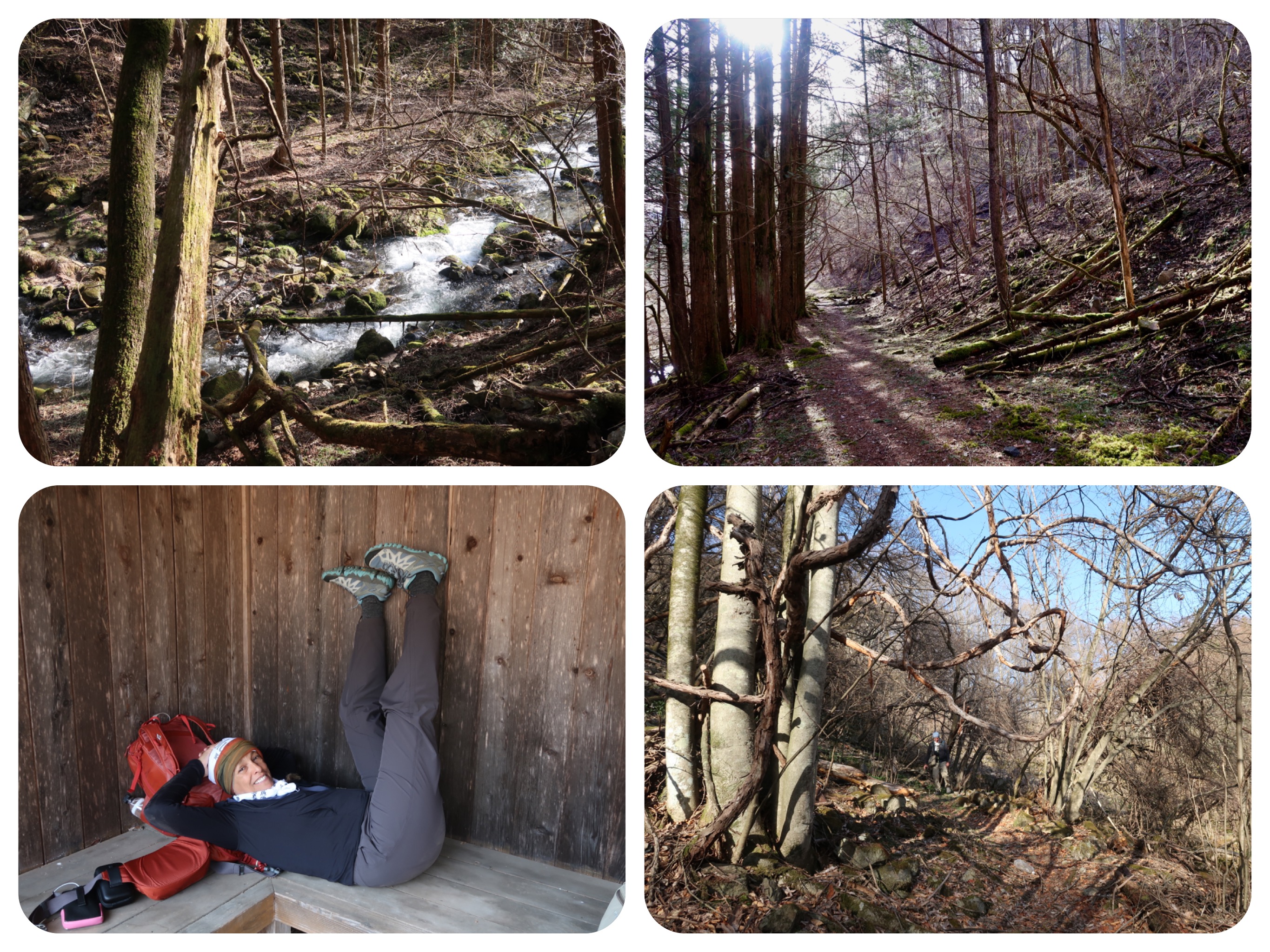
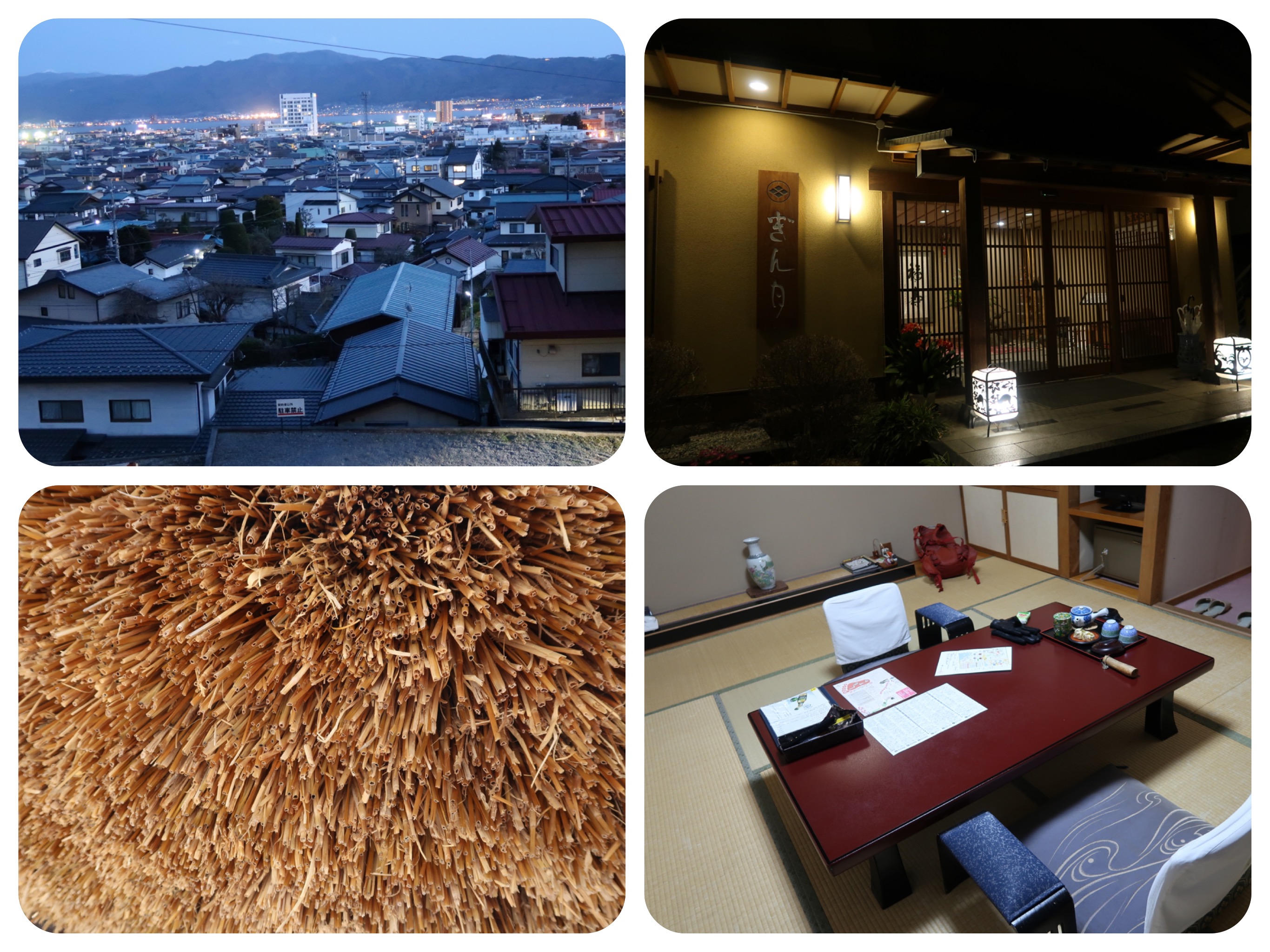
Day 12 - Walking The Nakasendō, Japan - The longest day of The Nakasendo, Crossing the Wada Mountain Pass
Knowing that we had a very long day of walking ahead of us, we had breakfast early, at 7:00am, at our guest house in Nagakubo.
The rain continued for part of the night, but in the morning the weather was cool and dry and with a promise of sun later on in the day.
The walk from Nagakubo, where we had spent the night, over to Shimosuwa, where our next hotel is located, goes over the toughest mountain pass on the Nakasendō.
By my calculations, it is a long walk of nearly 40 Kilometers which we had to complete in a single day.
The walk to the post town of Wada was a steady, gradual climb through fields, by houses and by the main road.
It was a distance of about 10 km, and it took us about two and a half hours.
We passed by a whimsical monument to earthworms, erected by one of the locals, with an explanation of the benefits earthworms provide to the health of the soil and the earth.
It was a very windy day, and unfortunately the wind was against us, often blowing me backwards.
At times, I simply had to stop walking, until the wind gust passed.
I was nervous about walking by the side of the main road, with such strong winds.
On an informative sign along our way, we learned that Wada had become prosperous in the old days by mining Obsidian, which was then polished to make knife blades.
I have to admit that the bus stops we passed from Nagakubo to Wada seemed very, very attractive.
I am not talking only figuratively, but also literally.
The bus stops were really beautiful, designed with thatched roofs or made from wood and situated by the sides of the road, or over a small creek.
It was tempting to wait for a bus which would take us to Wada, and cut ten kilometers and two and a half hours of leg power from our long day.
But we were not seriously tempted to do it.
We talked about it, and decided that we did not come to Japan as tourists, to tour this area.
We came here to walk a pilgrimage in the mountains of the interior.
We braced ourselves for the challenge ahead.
I read that in the Edo Period, Wada town was a place where travelers would rest and prepare for the long journey over the mountain passes, especially the long Wada Pass.
The town was a place to get strong, fresh horses and to hire porters to carry goods and supplies before attempting to cross the Pass.
In the old days, people did not walk the Nakasendo in 30 days.
Many of the travelers stayed for weeks in some of the post towns, waiting for the passing of the rainy season, or waiting out the winter storms.
If a post town had hot springs, people stayed to rejuvenate themselves from the hardships of the road and rest.
While traveling in Bhutan, Sikkim, the Tibetan territories and Nepal, we stayed in such towns, strategically situated before mountains.
People stayed there to prepare for their hike over the mountains.
They hired porters, cooks, donkeys or yaks, and bought supplies for the long journey ahead.
The shops were selling warm coats, gloves, hiking shoes, camping gear and dried food.
Hiroshige, the Japanese artist who made wood block prints of the Nakasendo , painted huge snowy mountains surrounding Wada Juku, with people and porters carrying supplies.
Well... When we arrived in Wada town, we saw no signs of it being a town by the foot of tall mountains.
Wada today is a small village with nice old buildings, but not the isolated place it once must have been.
We used their clean toilet, rested for awhile and Jules suggested that we get a “supply” of chocolate and water.
We already had two bananas that our guest house gifted us this morning, and a few small buns with nuts that we’d bought in a bakery a day before.
We bought two soda waters, which we mixed with some fresh grapefruit juice, and some chocolate covered Macadamia nuts.
The town of Wada stretches upwards, towards the mountains, over a kilometer in length.
The owner of the small general store where we bought the water and chocolate, told us that it is about 23 km up to the pass and descending, and that we should be approaching Shimosuwa by about 4:30pm.
We left Wada town and started walking towards the pass.
In reality, we were just continuing the steady climb up we had begun in Nagakubo.
The winds continued to try to blow us backwards.
Some of the early part of the walk was alongside the highway, which had plenty of car and truck traffic.
We came upon a small Izakaya which served Udon noodles to truck drivers.
Surprisingly, it was open, even though the rest stop it was in looked completely deserted.
We stopped in to warm up, thinking we had no time for a full meal, but maybe we could warm up and have a hot coffee and a soft serve ice cream.
We asked the owner what flavors of ice cream he had.
He mentioned strawberry, chocolate, grape, peach, melon, green tea and vanilla.
We were excited and ordered a green tea and chocolate..
He apologized and said that what he actually had, was only vanilla.
We gratefully enjoyed the break, the coffee and the vanilla ice cream, before setting out again on this windy day.
Soon we turned off the highway, and onto a forest path up the mountain.
The creeks and rivers we passed reminded us of climbing some of the ski mountains we have in Colorado, not super-steep, but a long, long climb up.
It was a pretty, mostly forested path, with low bamboo bushes and lots of fast flowing creeks cascading over mossy rocks.
The signage was again excellent.
We crossed over the creeks on wooden bridges and took a rest in some of the pilgrims’ huts that were in the forest.
In one hut we saw that someone had left his very good quality gumboots, probably realizing that they were too heavy to carry up the pass.
We saw many trees with bears’ claw marks, and scat from the bears that have awakened from their hibernation.
At one point on the path, we walked through a big culvert, large enough that we could easily walk through it without bending over.
We had to climb over a large block of ice that had not yet melted from the winter freeze.
In one of the covered rest area huts, we stopped to rest and eat our lunch.
Mostly it was just nice not to be on our feet carrying our backpacks for a few minutes.
.
As we climbed the Pass, we were given a beautiful opportunity to enjoy an unobstructed view of Mount Fuji-San in the distance, thanks to the good weather and clear skies.
We made it to the top in about four hours, pretty much on schedule.
By then, we had already been walking for almost seven hours, so, after taking some “we made it to the top!” photos, it was great to start the descent.
Our feet and legs felt a bit fatigued, but we gave it no mind.
You can’t allow aches and pains to stop you on a mountain hike.
The mountains are no place to be feeling pouty or weak.
Nobody is coming to help you down the mountain.
You HAVE to walk down yourself!
There was nobody coming and nobody to ask for help.
In fact, we saw nobody walking the Wada Pass all day.
Nobody was going our way and nobody was coming from the other direction. Not a single person!
We were both tired.
Yesterday we walked in the rain over the Kasadori pass, and here we were, the very next day, doing an even longer and more challenging walk.
We had nothing to do but dig deep to find the strength to keep going strong...
When I tried to encourage Jules, I reminded him of the couple we had met in Nepal, while walking around in Kathmandu.
They told us about their Annapurna multi-day hike.
They mentioned being so tired on a rocky path, feeling so proud of themselves and their athletic abilities, until they saw a twelve year old (young) girl walking up the path with a mini-fridge strapped to her back.
The downhill was a combination of traverses following river beds and sharp descents down the mountain.
Because the traverses followed in places the road, which was above us, we couldn’t help but notice how much trash, especially food and drink containers in plastic bags, had been carelessly tossed out drivers’ windows.
Initially we thought that it might be the hikers who were trashing the forest, but we saw things like laundry bottles, cassette tapes and other crap, that no hikers would carry.
It was sad to see that this part of the beautiful, mossy forest in Japan was so polluted by human trash.
After a very long walk, our forest path joined the main highway, still full of trucks, but with no sidewalks.
We squeezed next to the stone walls, to make sure we did not get hit by any passing trucks.
The truckers were courteous and moved over to the middle after they saw us, but the speeding trucks and the wind were blowing us over.
We were happy when the Nakasendo finally split again onto a smaller road, and closer to Shimosuwa when it rejoined the main highway, we at least had wide sidewalks.
It was a LONG walk to Shimosuwa town where we stayed in a Ryokan hotel, the Gingetsu.
We arrived at 7:30 at night, about an hour after it had gotten dark.
We had not ordered dinner prior to our arrival.
We booked only breakfasts, thinking that we would walk to have dinner in the part of town where we had seen a few restaurants.
But after walking up and down a mountain, a total of 39 Kilometers, I had no strength to get up again.
We stayed in our room, took a long soak in the hotel’s hot springs, and for dinner, we ate all the snacks and sweets that we still had in our bags.
It was a dinner of rice crackers, Kanten jelly and chocolate crackers.
My back hurt from carrying the pack all day, my feet hurt from standing on them for twelve hours and my legs hurt from the strain of walking up the pass.
I found that I could hardly even fall asleep.
We decided to stay another night in Shimosuwa.
Our friends who had walked the Nakasendo before, recommended that we take it easy and slow down.
We were walking too fast, they said, passing by the towns too fast...
They said that we should soak in the hot springs, and visit the famous Spring and Autumn Jinja Shrines in the area.
We gladly took their advice and talked to the kind hearted owner of the Gingetsu hotel, about staying for another night.
Stations visited today:
Wada-shuku- #28 of the sixty-nine stations of the Nakasendō highway connecting Edo with Kyoto during the Edo period.
Located at an elevation of 820 m (2,690 ft), at the entrance to the Wada Pass, which was considered one of the most difficult portions of the highway because of it steepness.
Because Shimosuwa-shuku , the next post station, was over the pass, Wada-shuku flourished with over 150 inns to accommodate all of the travelers and their pack animals.
Shimosuwa-shuku - #29 of the sixty-nine stations of the Nakasendō, as well as being the ending location of the Kōshū Kaidō.
First built around the year 1601, Shimosuwa-shuku flourished as a post town because it was located between two difficult mountain passes, the Wada Pass and the Shiojiri Pass.
The town's onsens made it a very popular rest area.
It also served as the entrance to the Suwa Taisha, one of the most important Shinto Shrine complexes in all of Japan.
Day 12 - Stats:
Total walking time 12 hours
Active walking time 9.5 hours
Total steps: 53,466 steps
Daily Kilometers 39 Kilometers
Total Kilometers walked up to date: 311.5 Kilometers
Total elevation climbed 3,675 meters
Total descent 3,596 meters
Maximum Altitude reached 1650 meters
Accommodation: Gingetsu Hot Spring Hotel In Shimosuwa
Station Towns visited in Nagano Prefecture:
27. Nagakubo-shuku (Nagawa, Chiisagata District)
28. Wada-shuku (Nagawa, Chiisagata District)
29. Shimosuwa-shuku (Shimosuwa, Suwa District) (also part of the Kōshū Kaidō)
